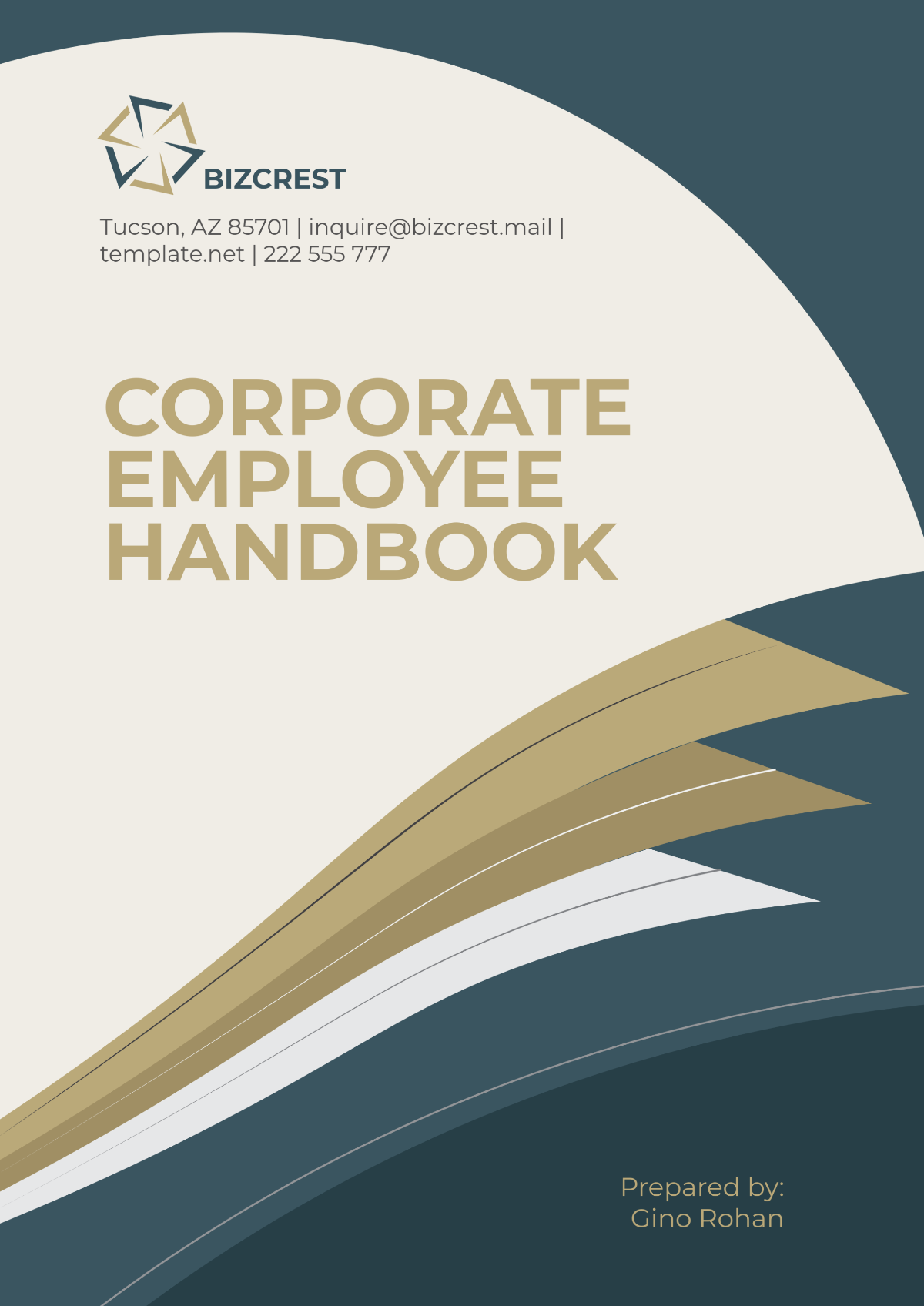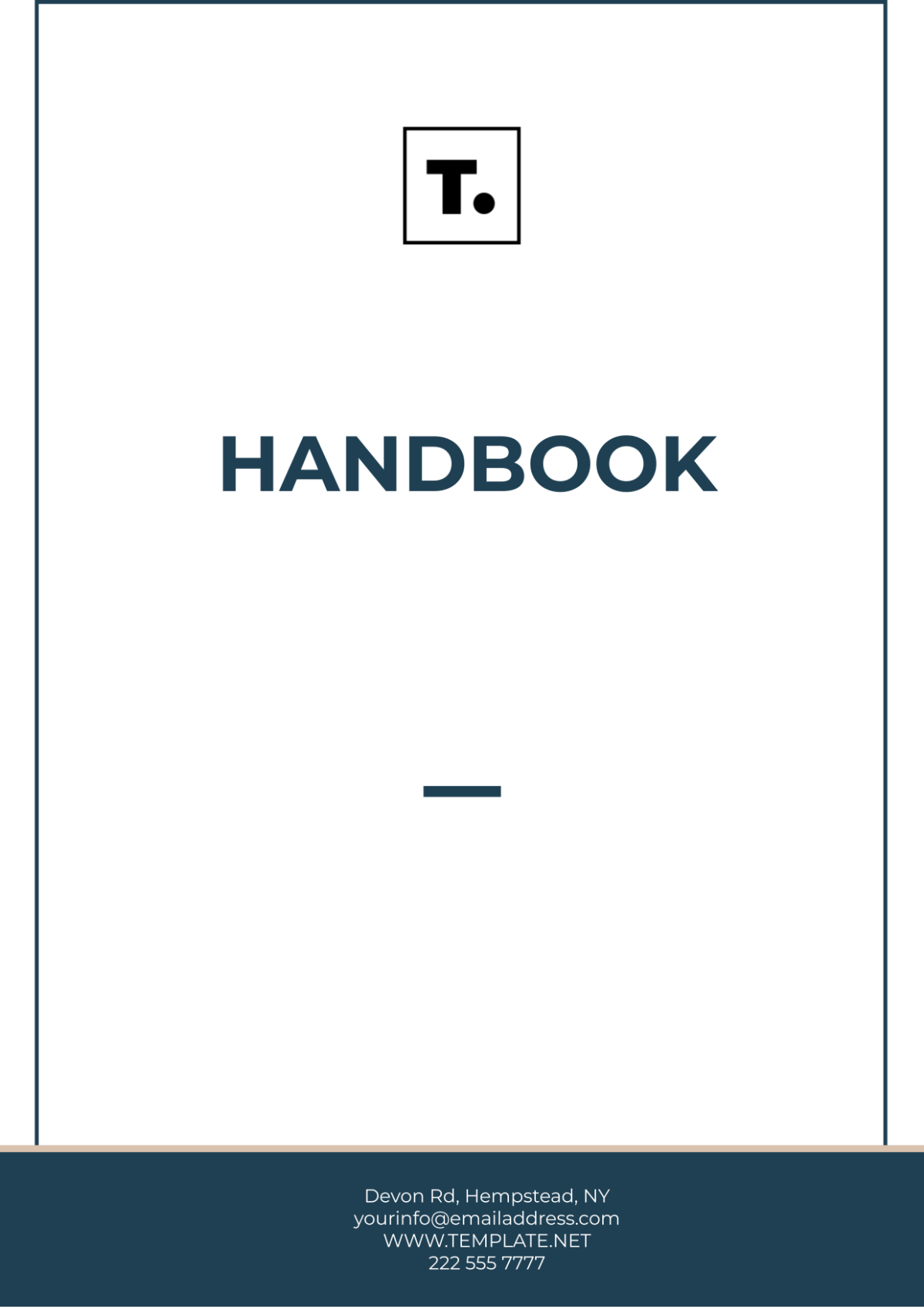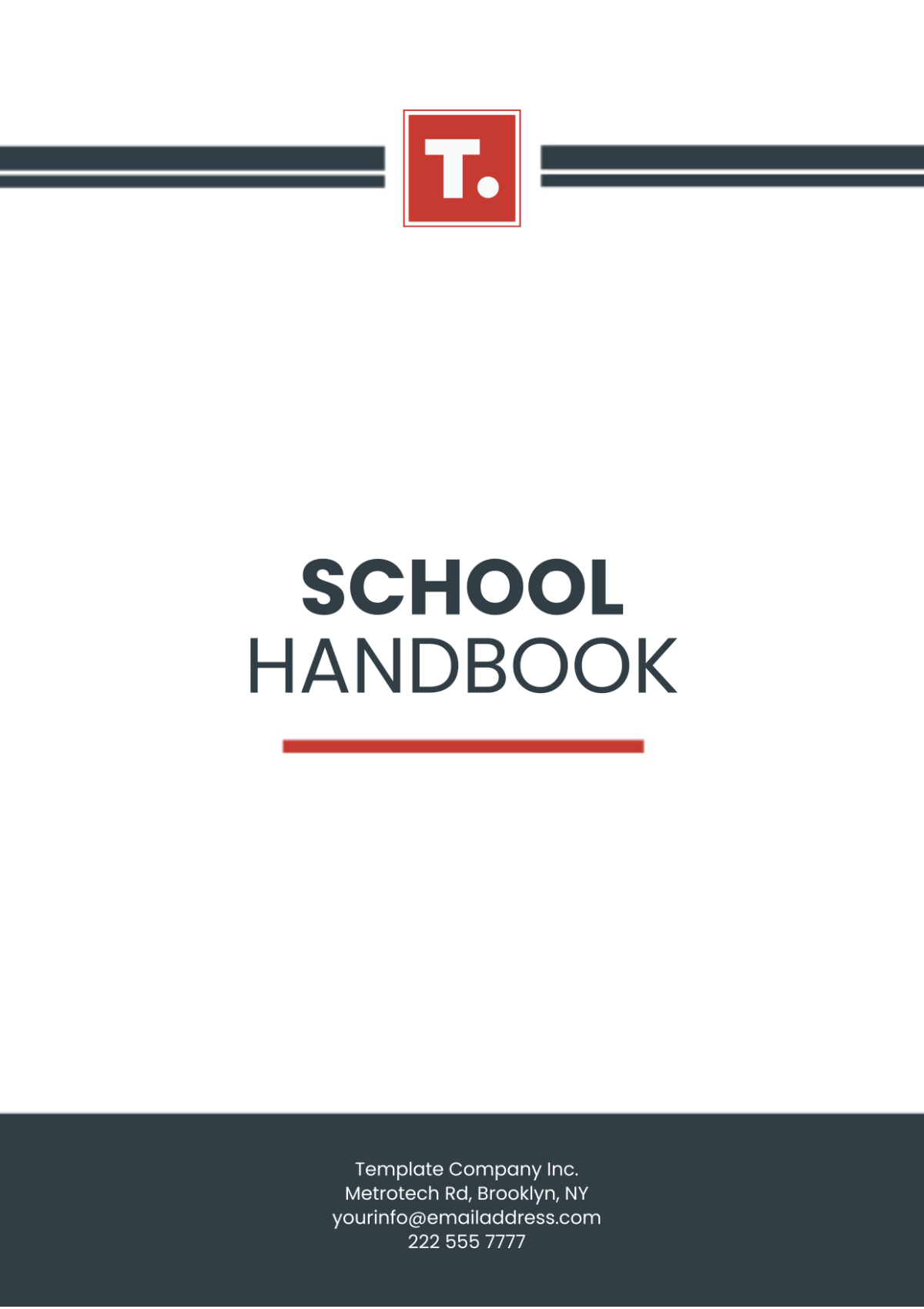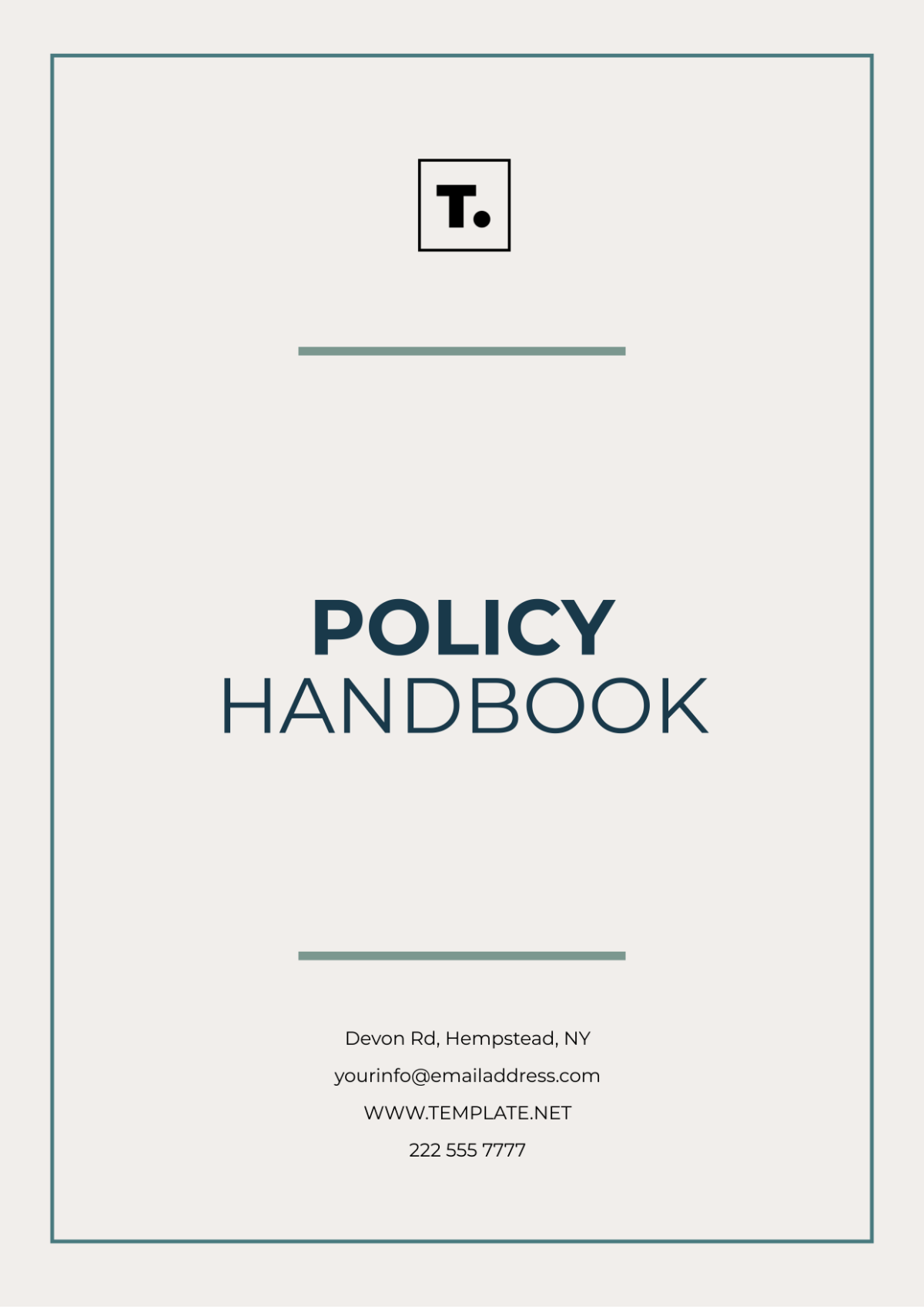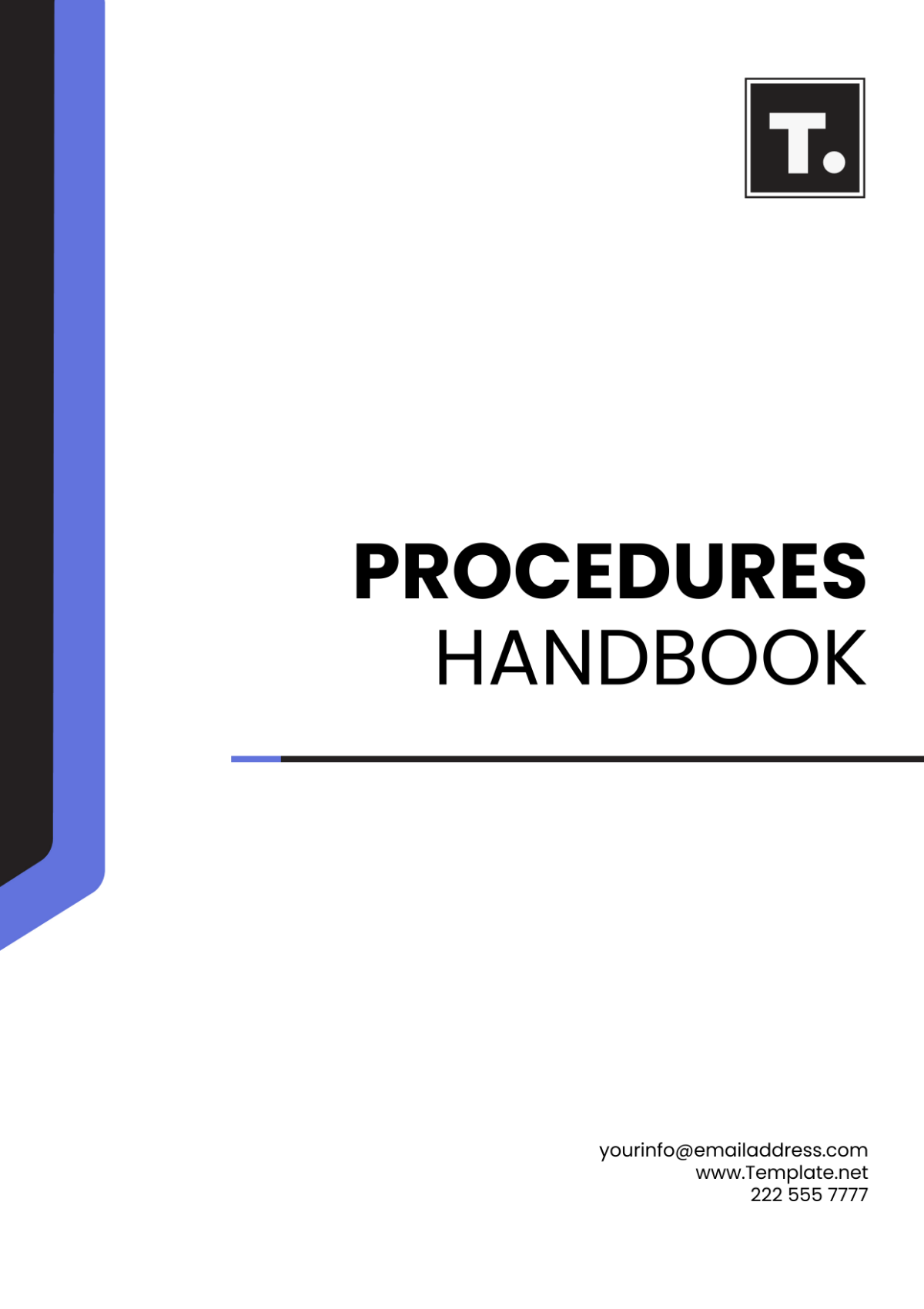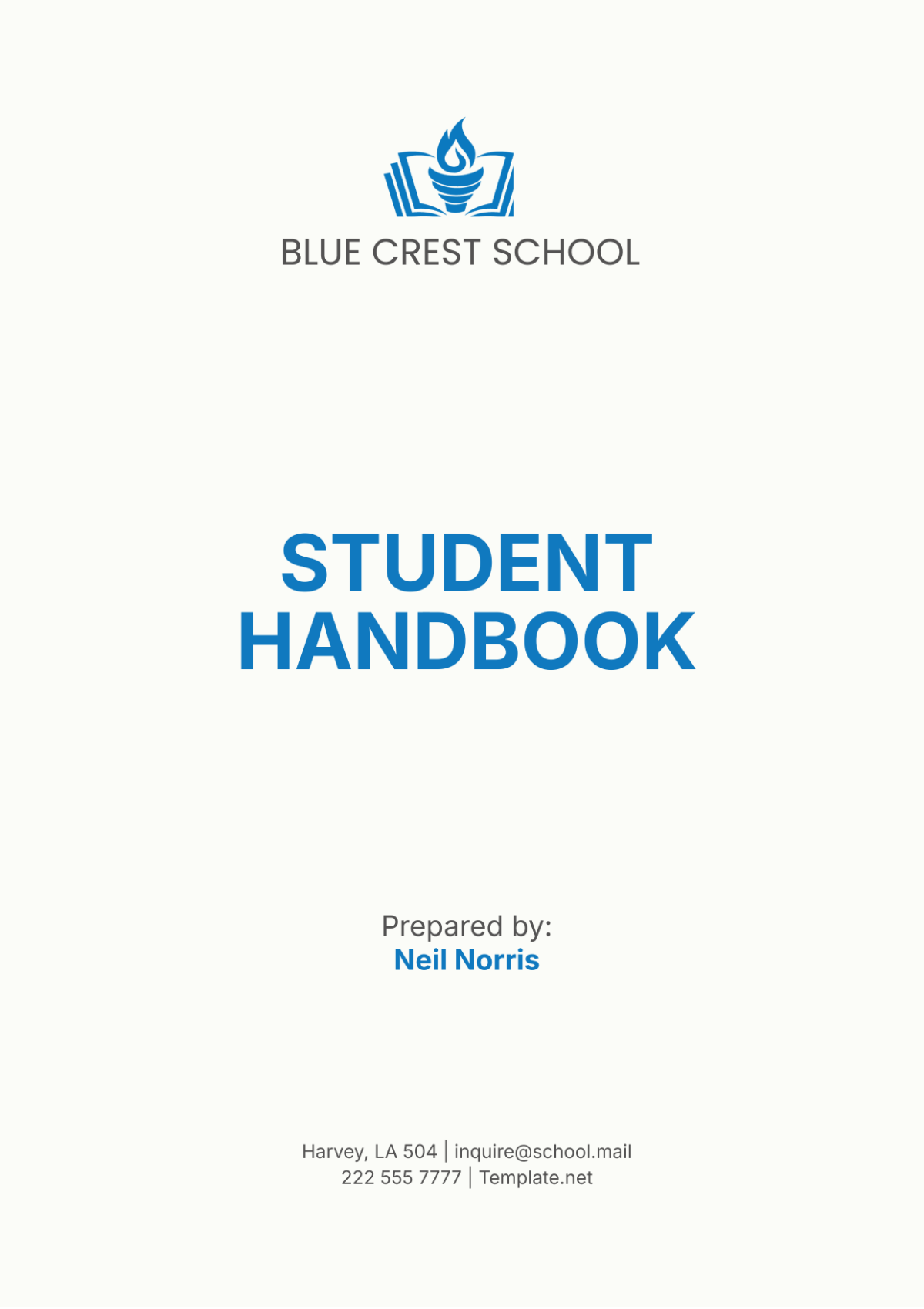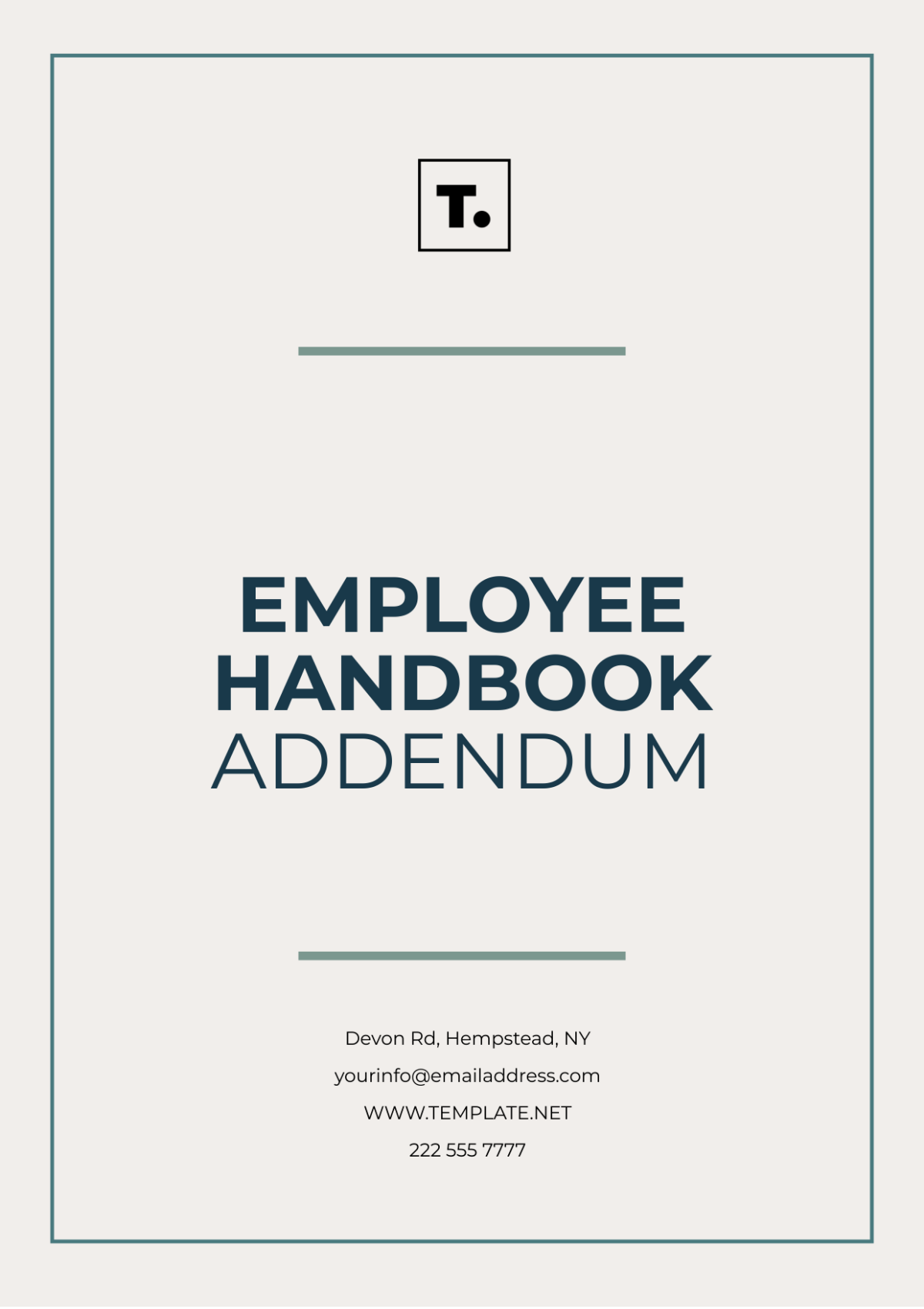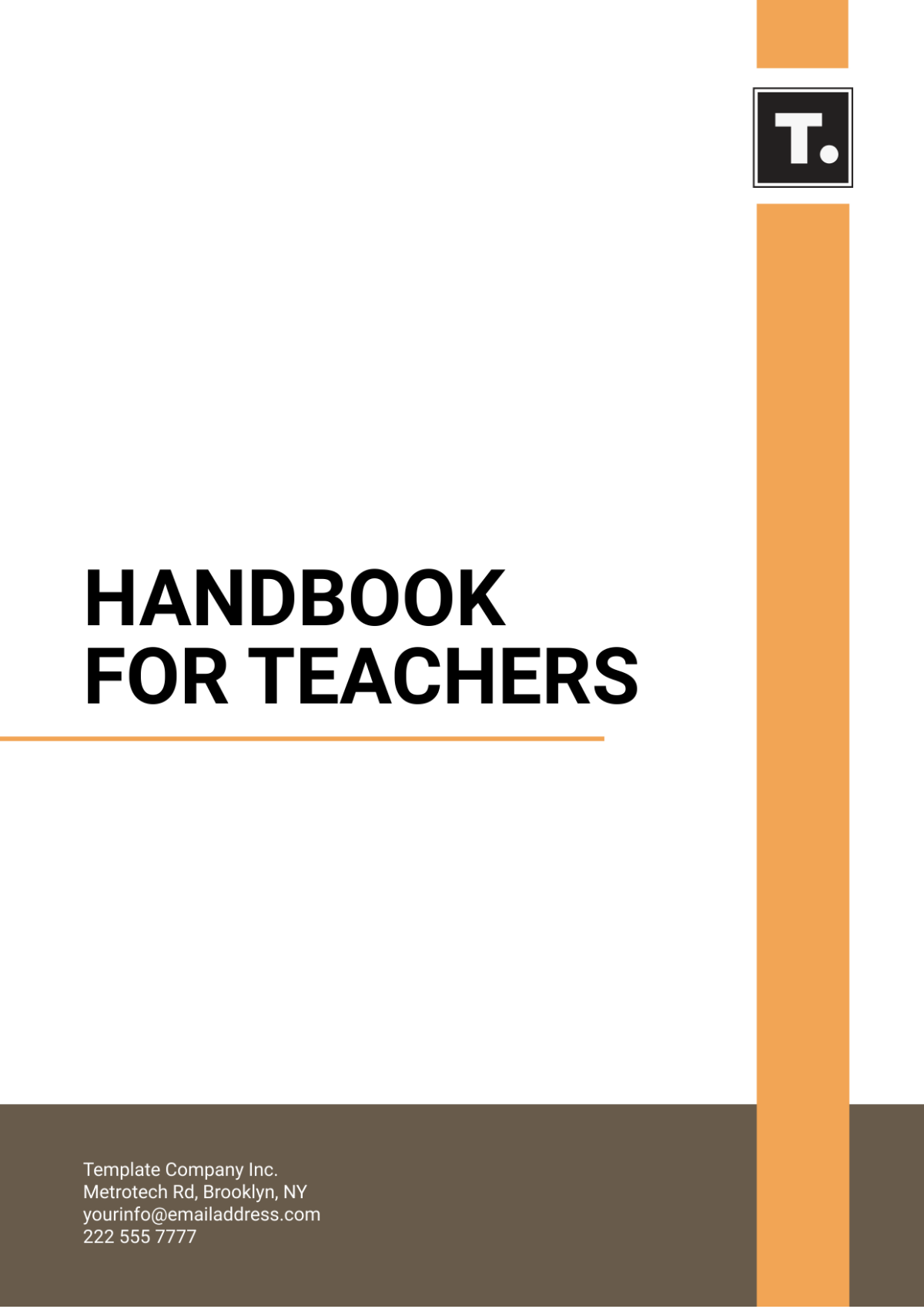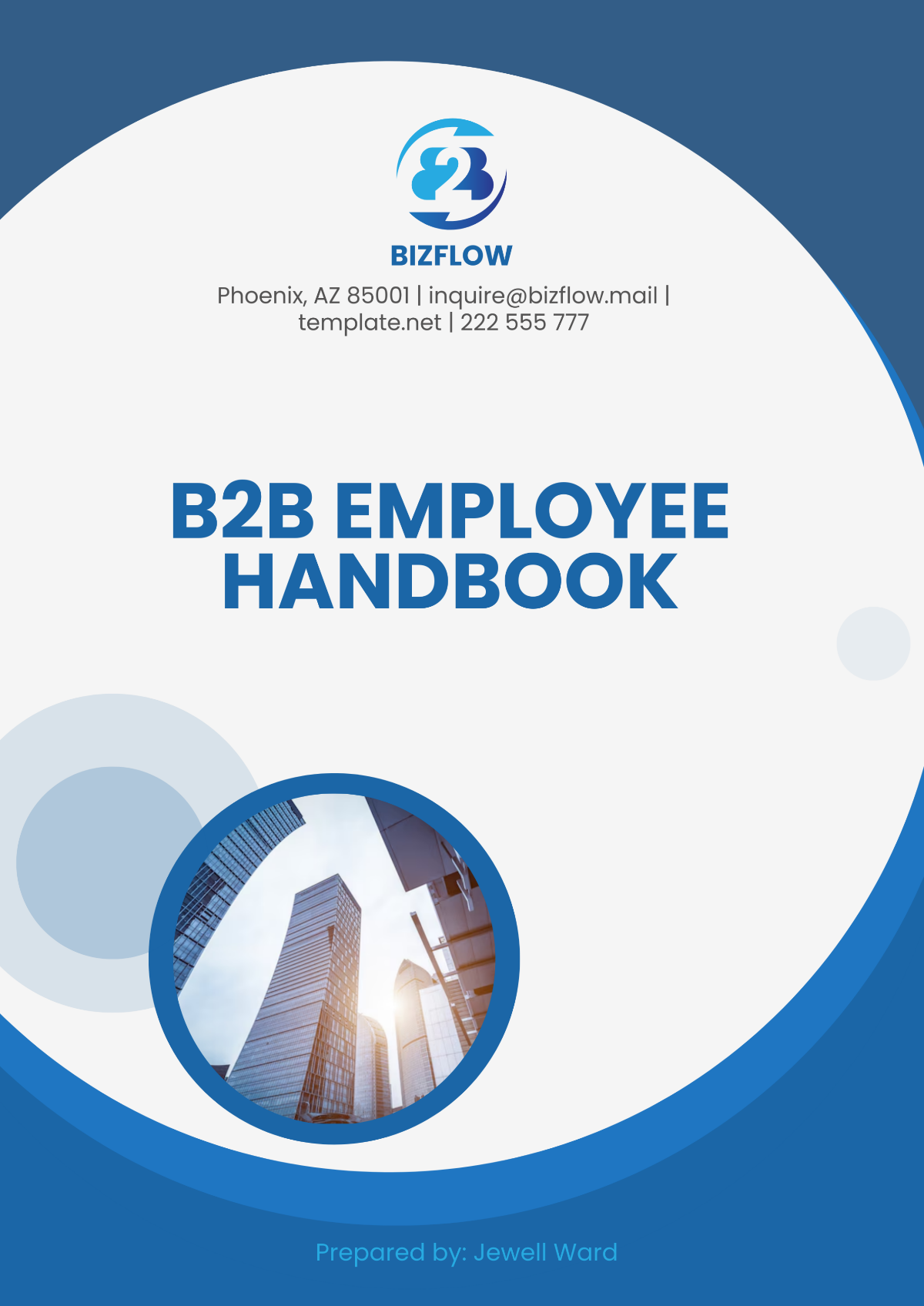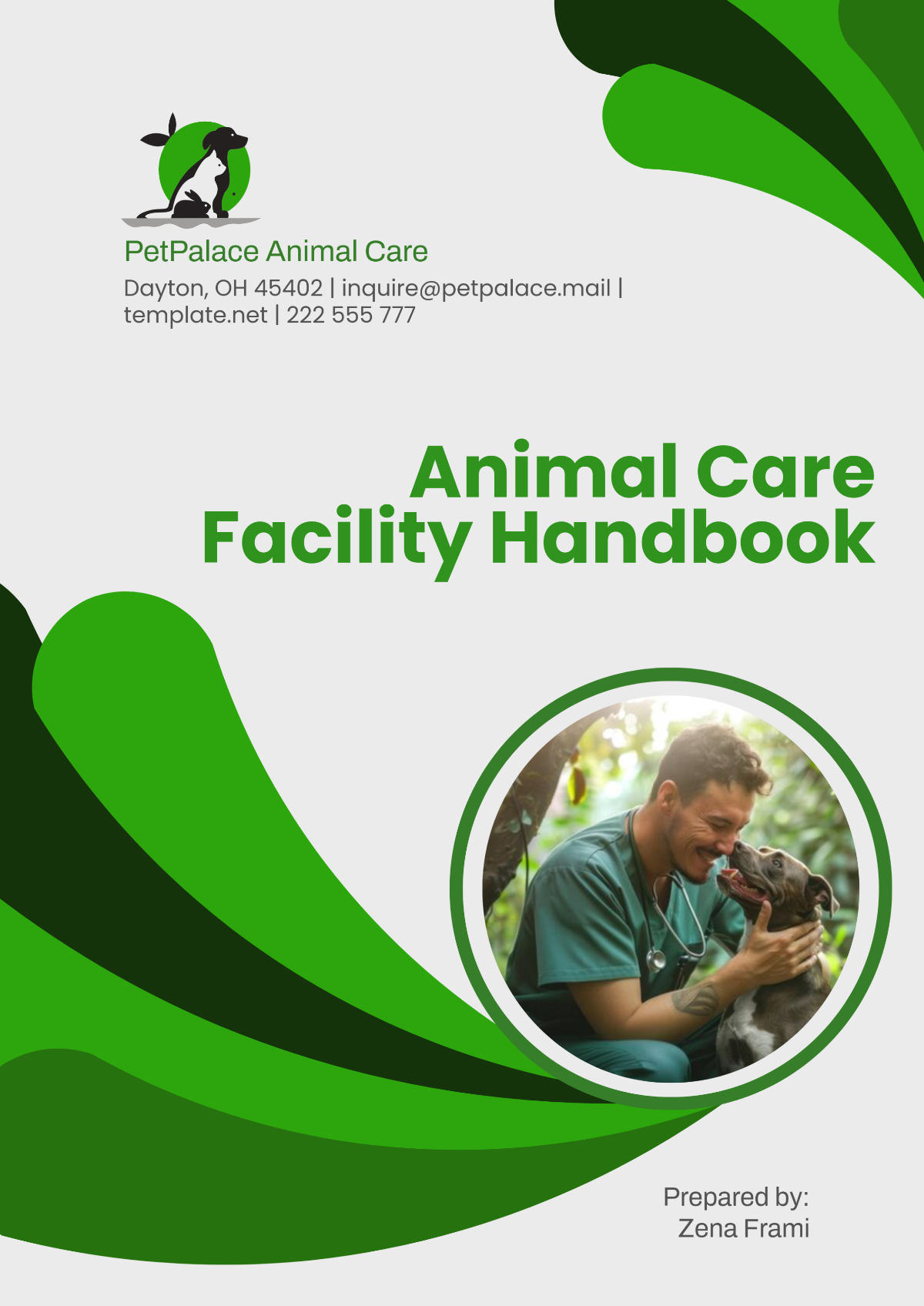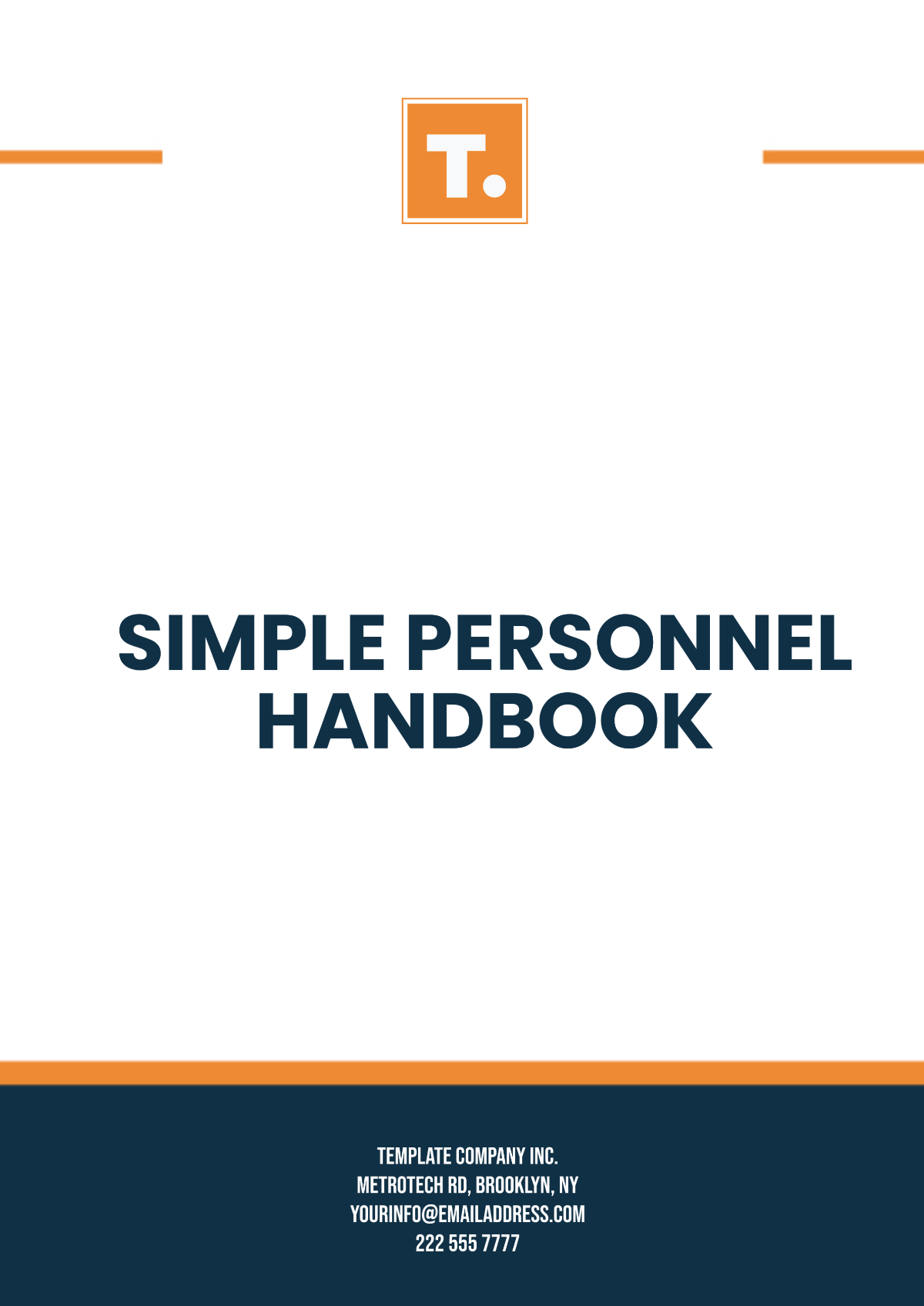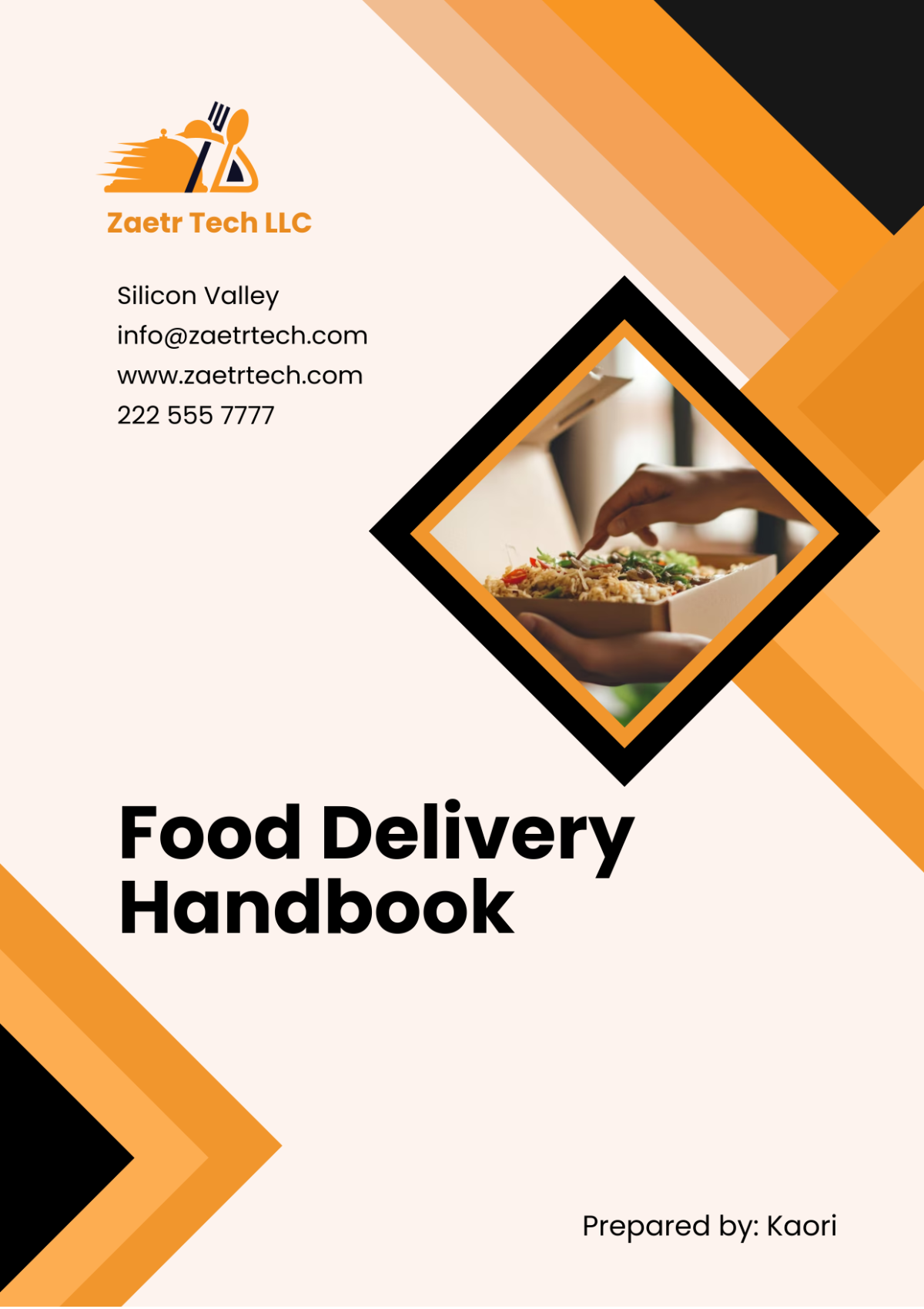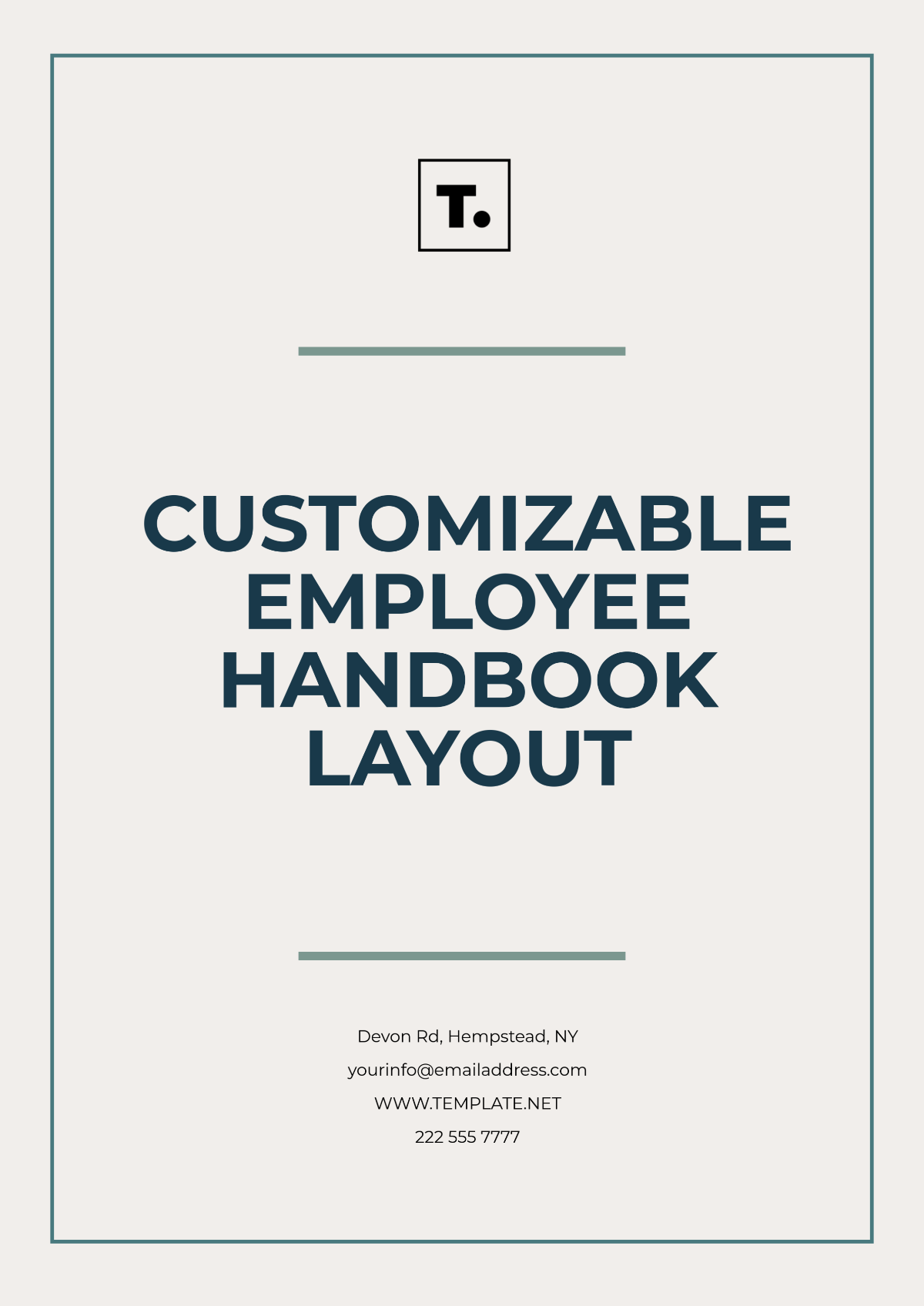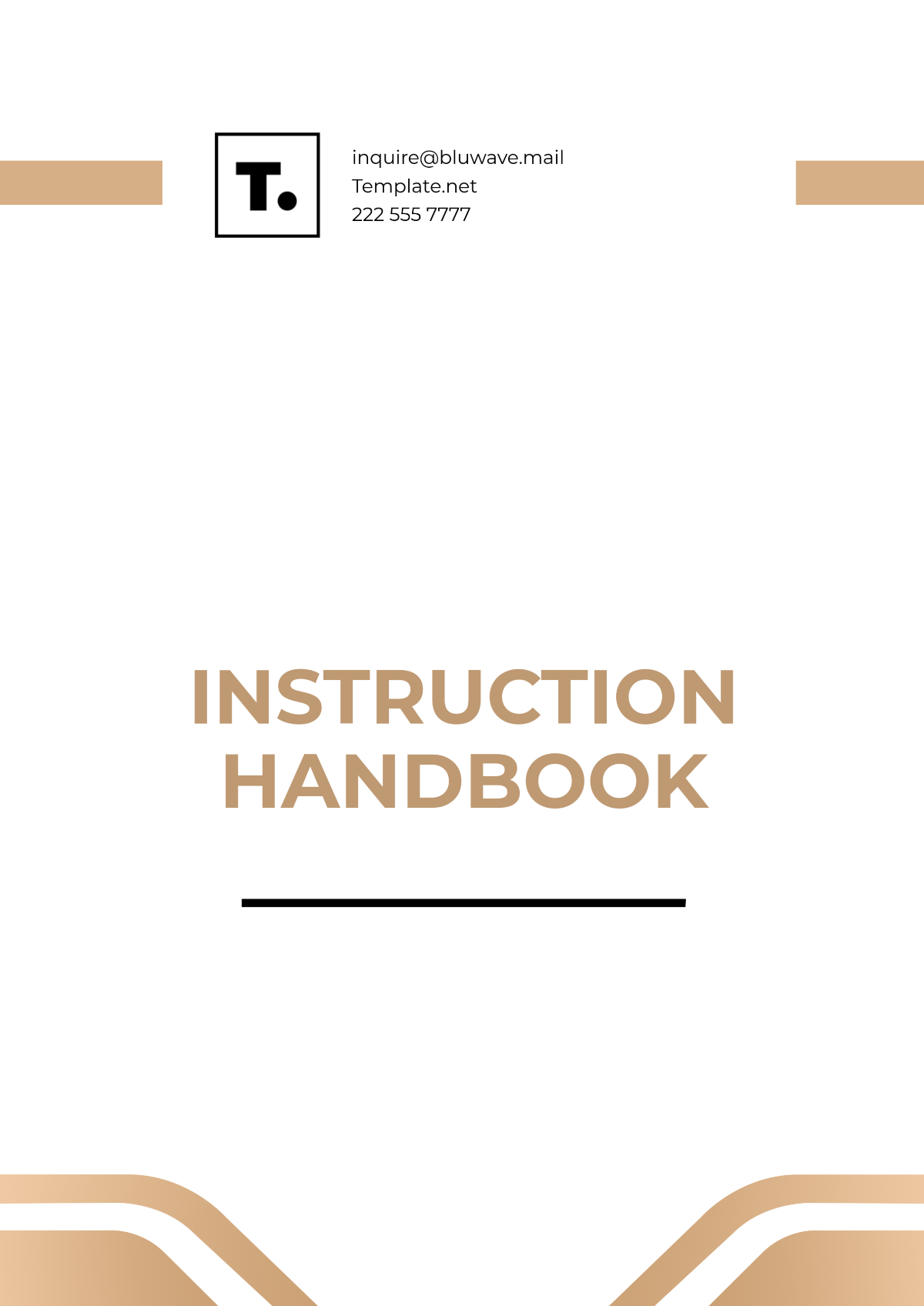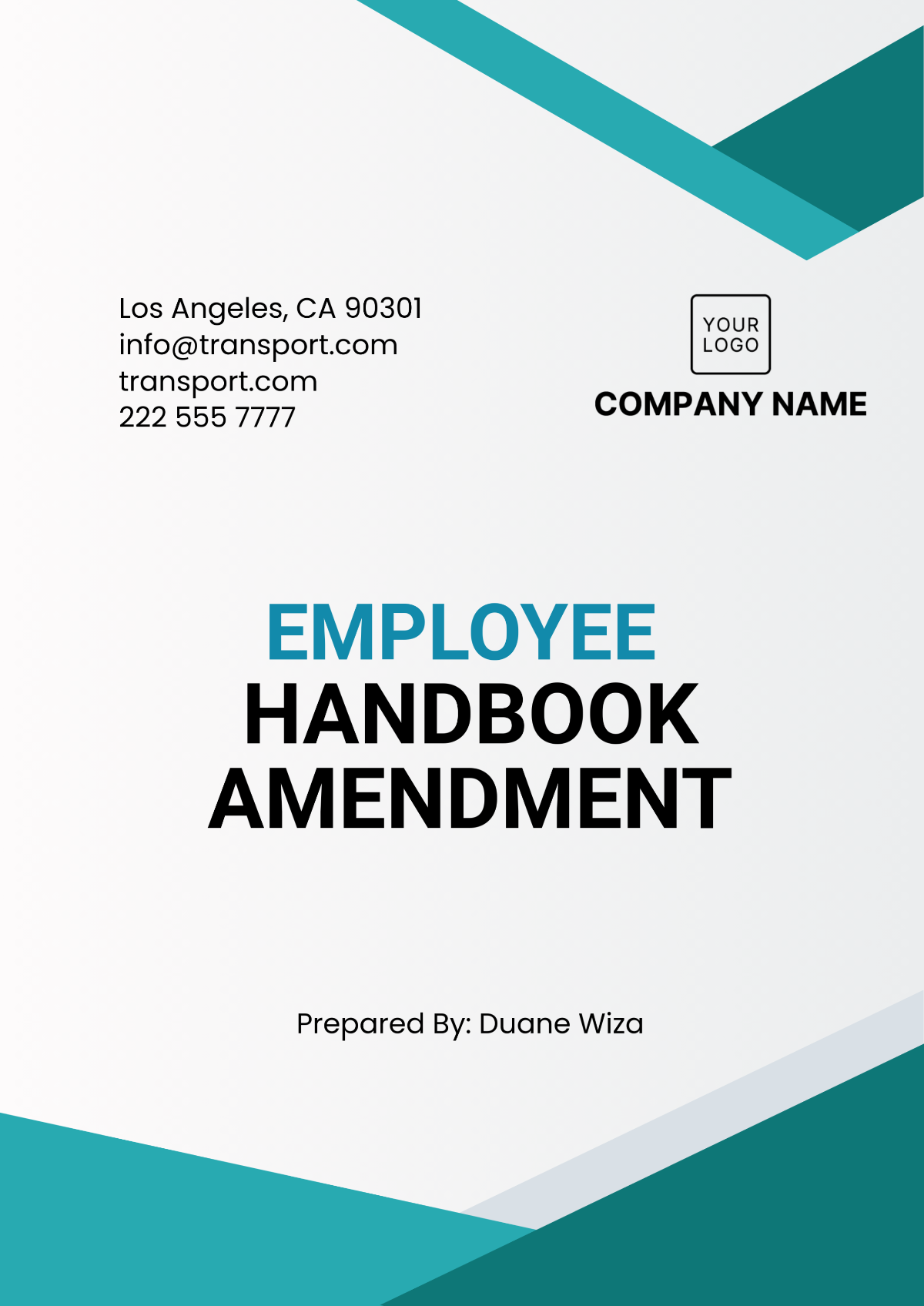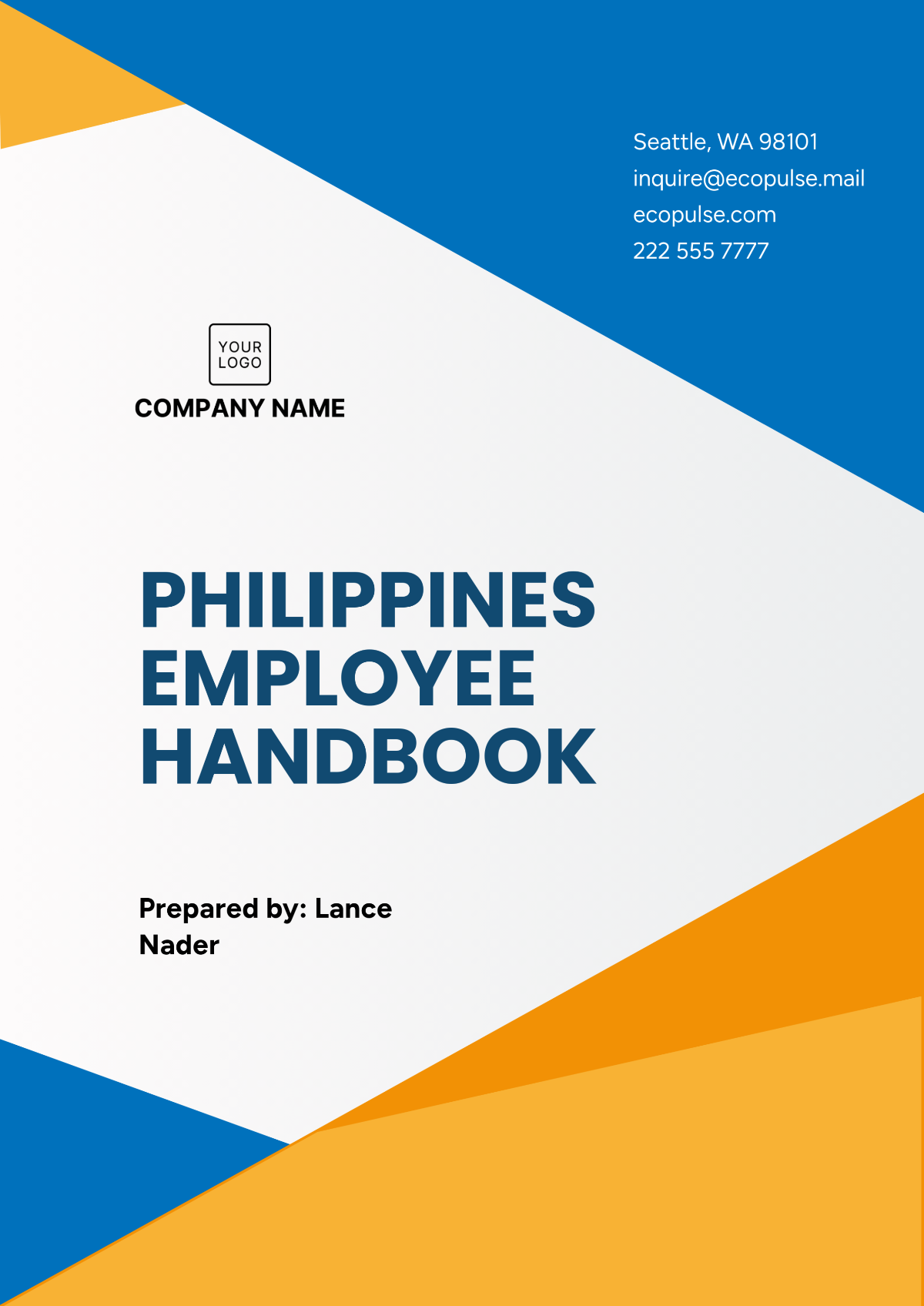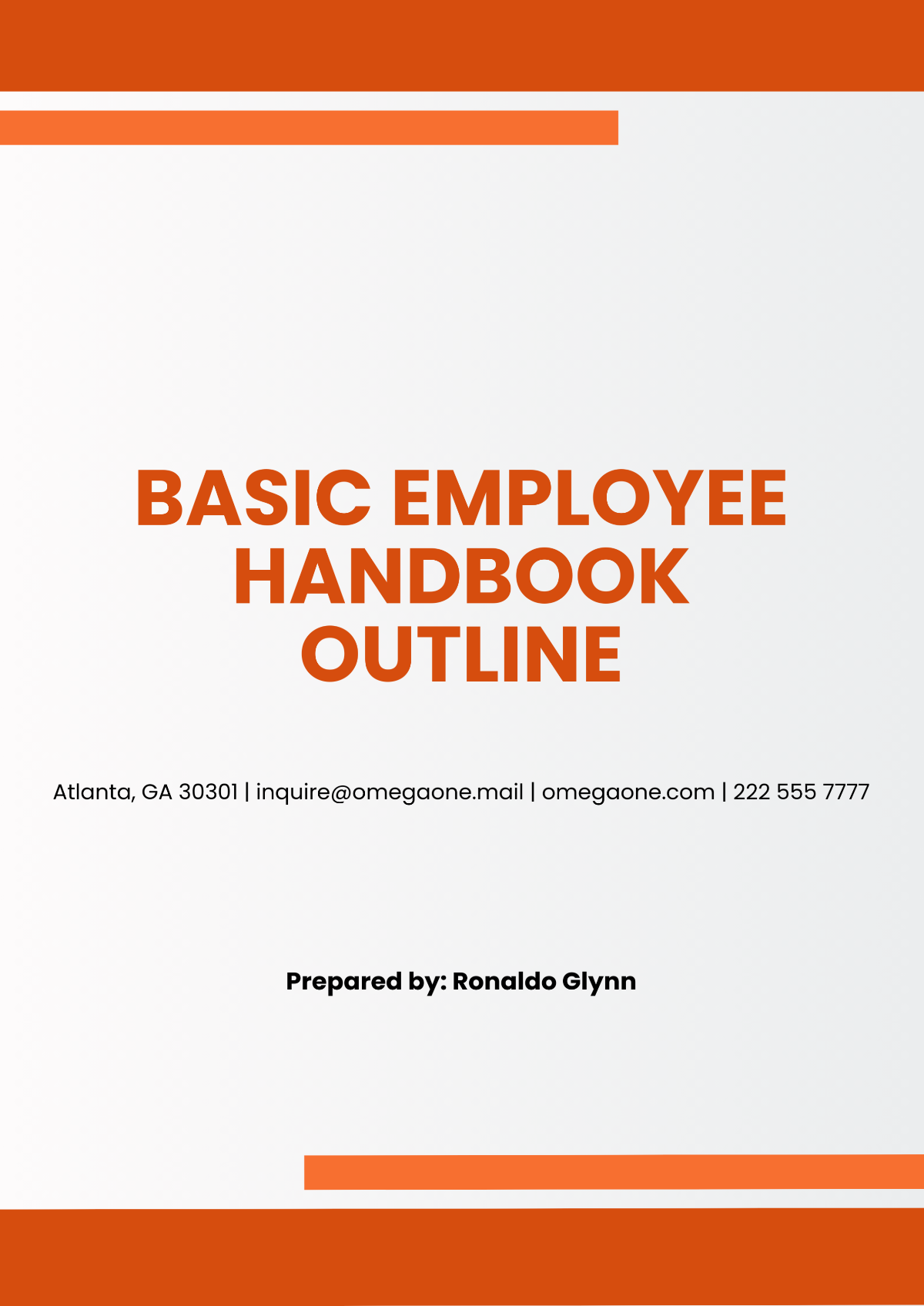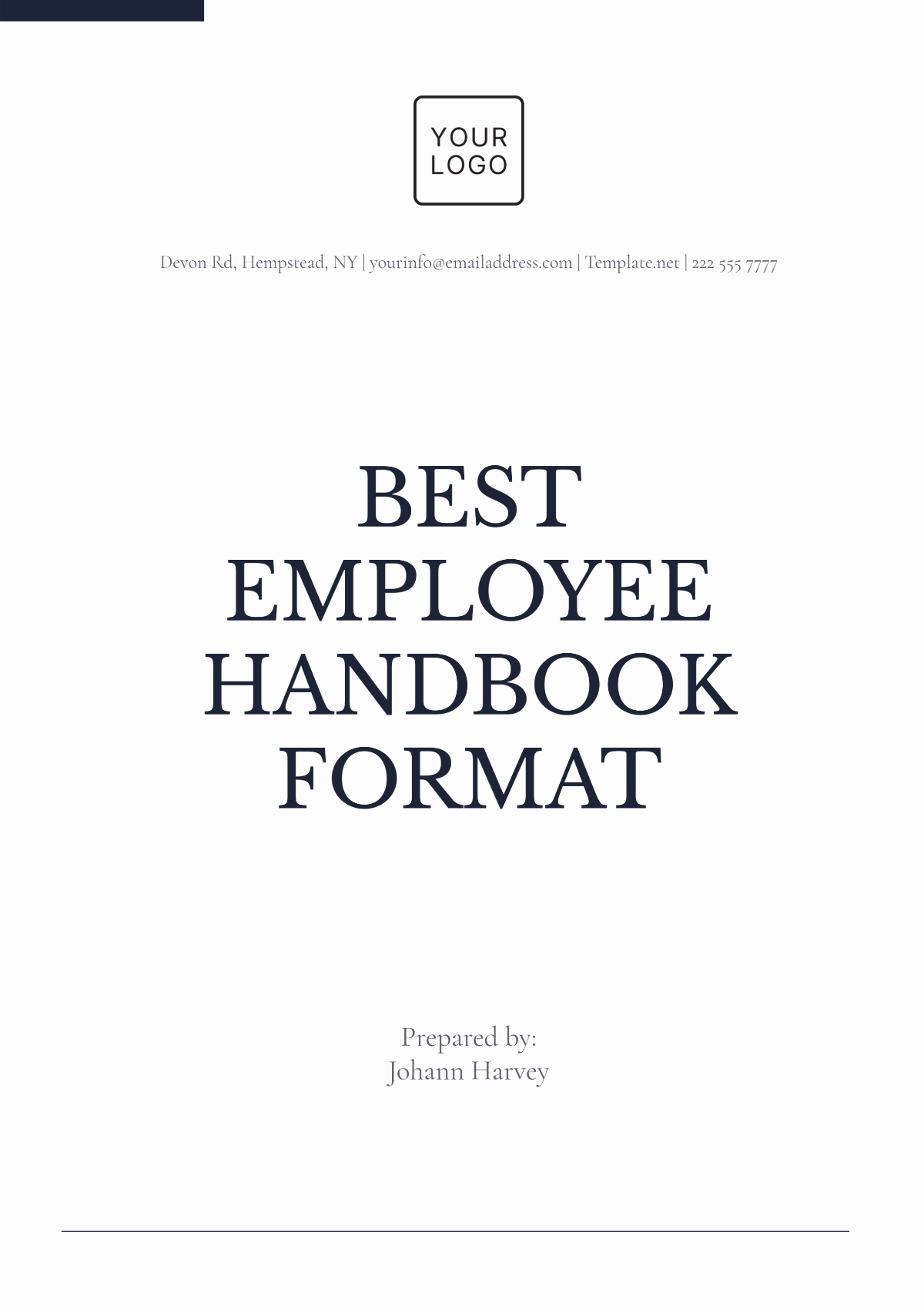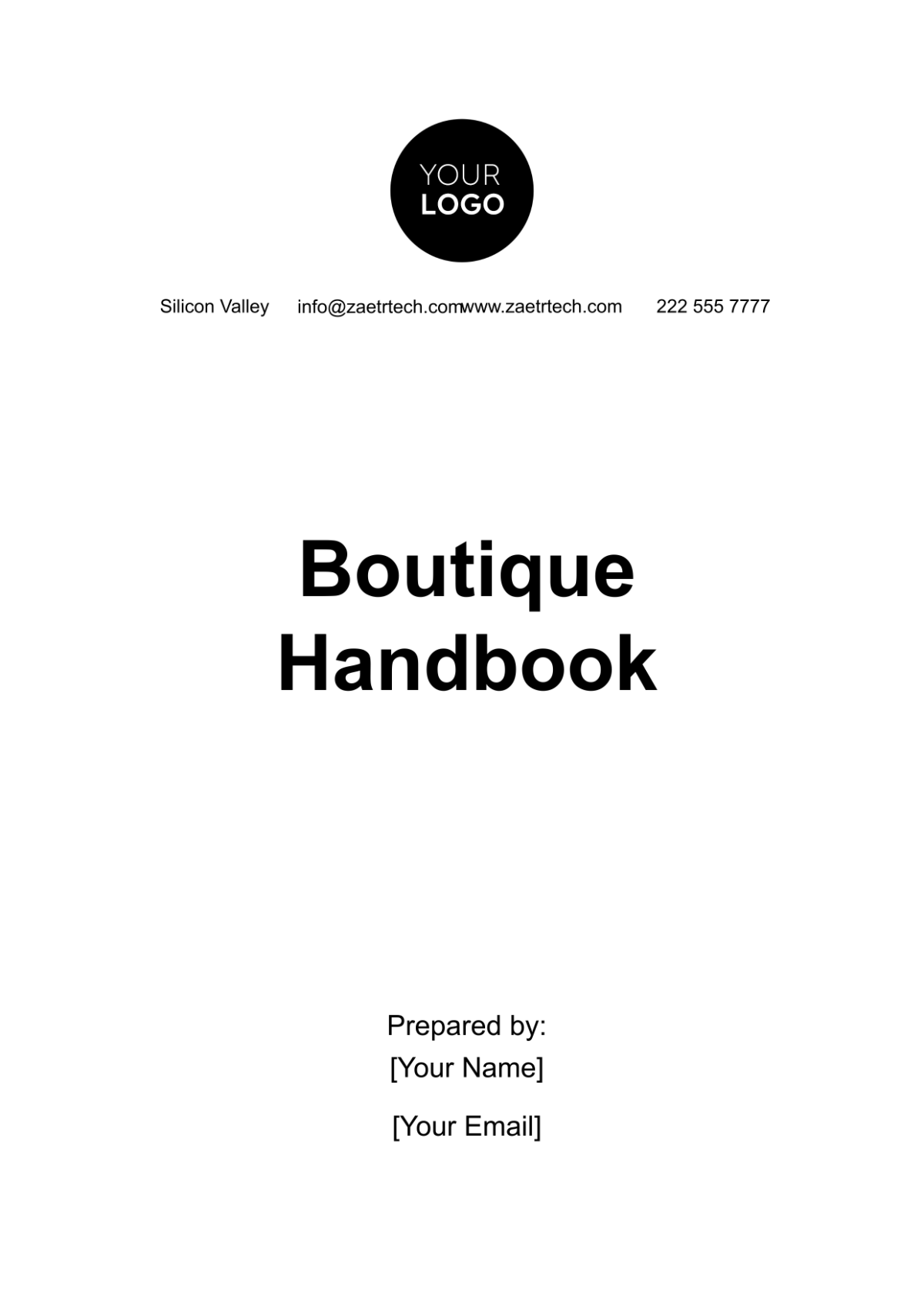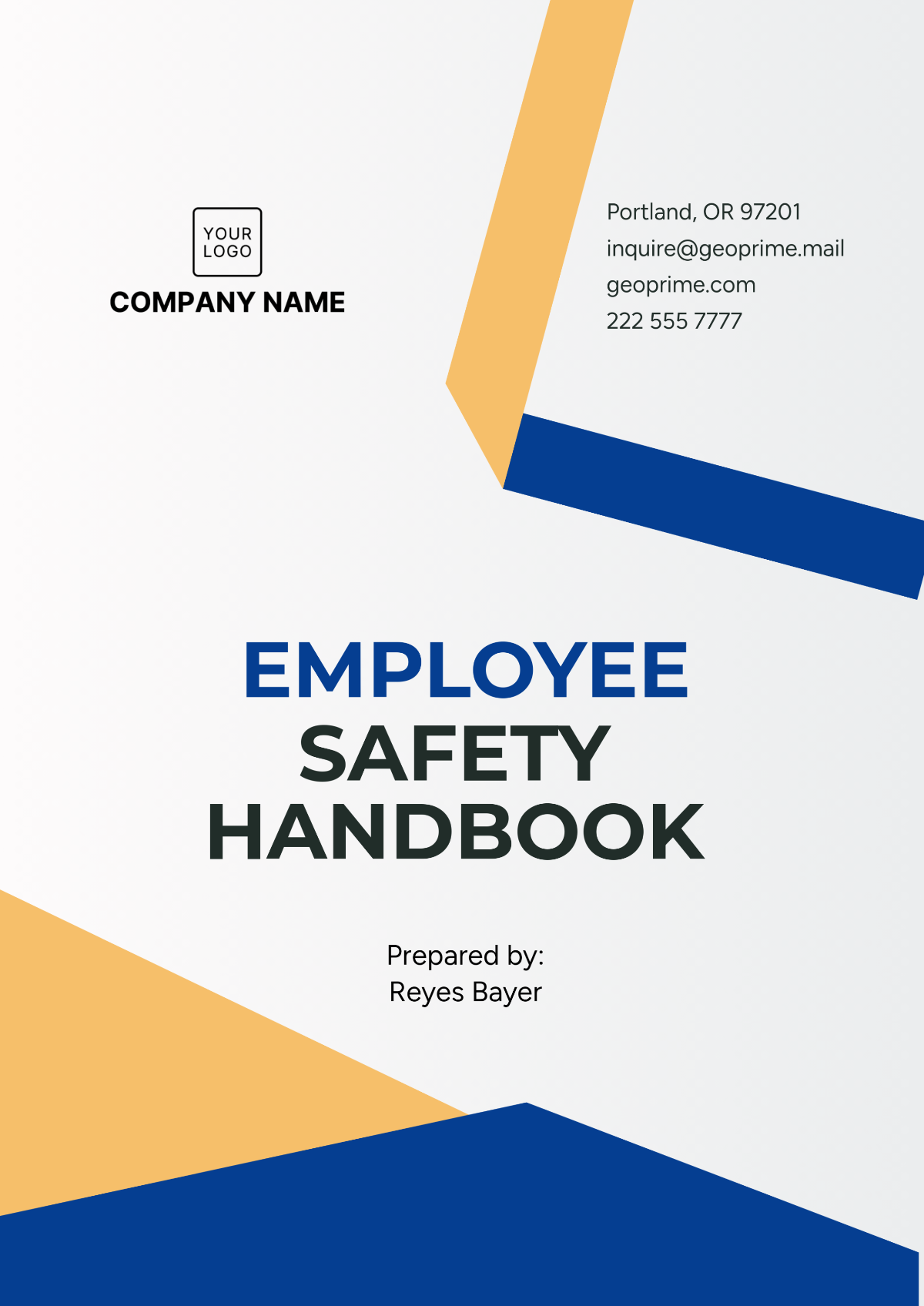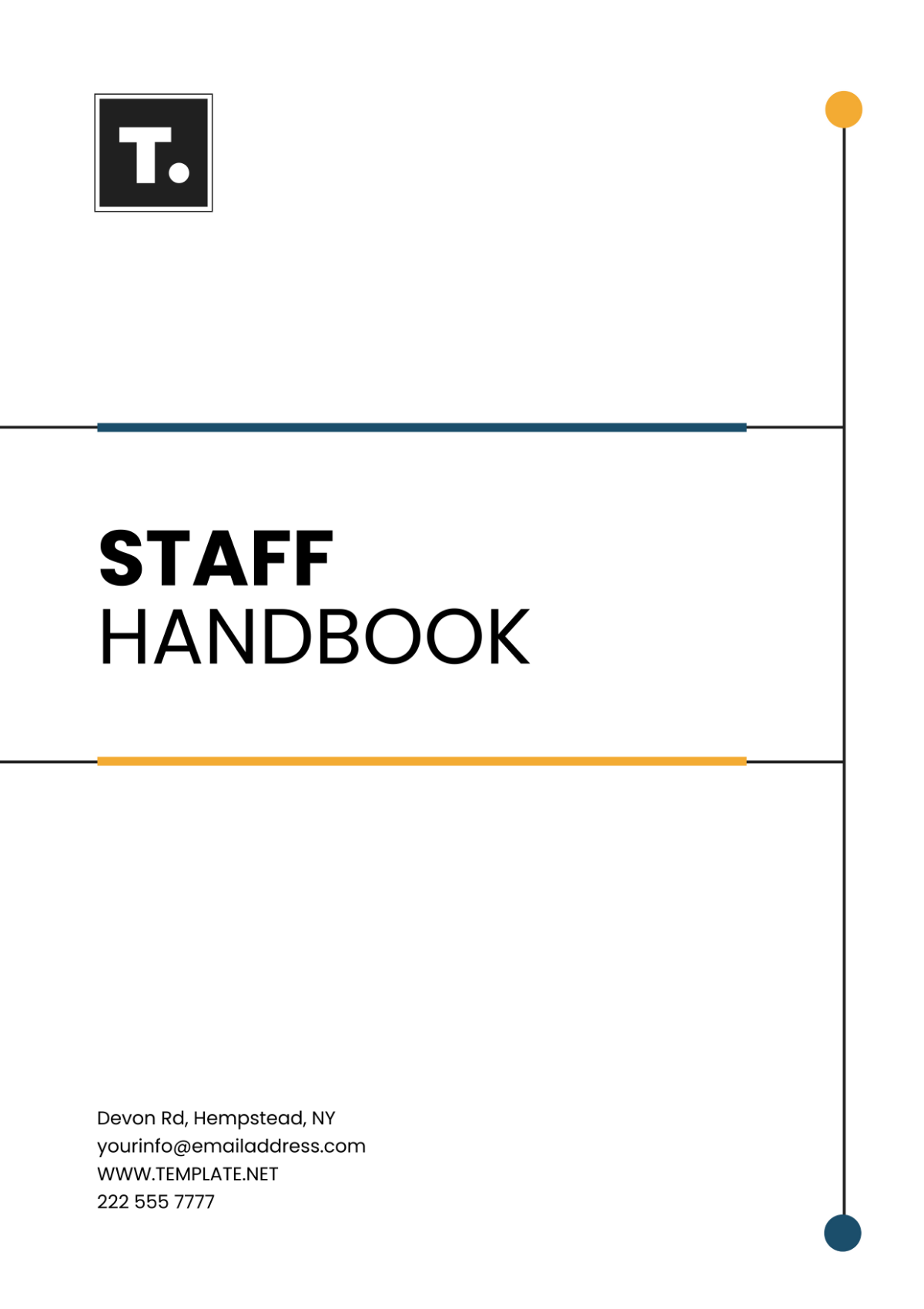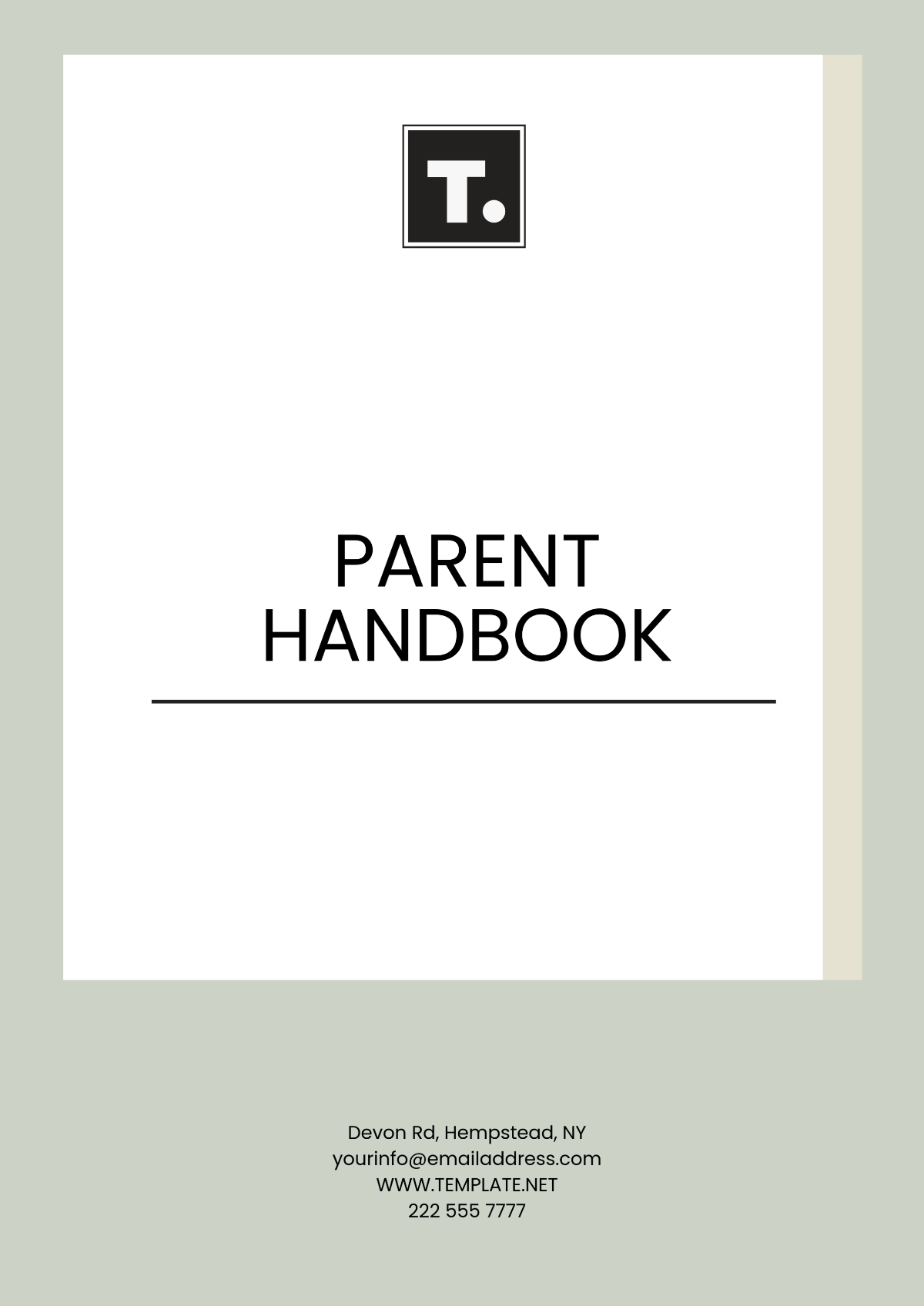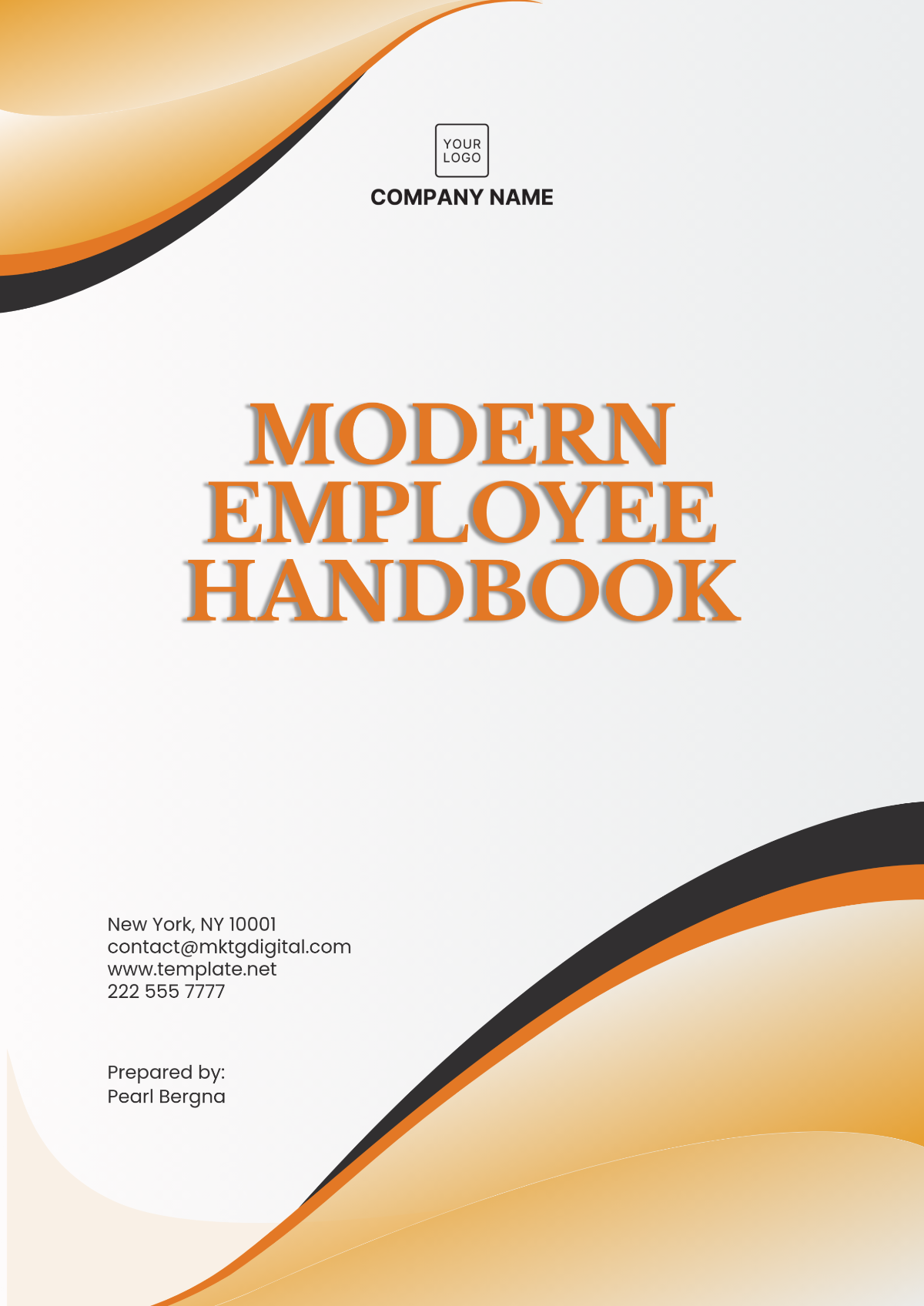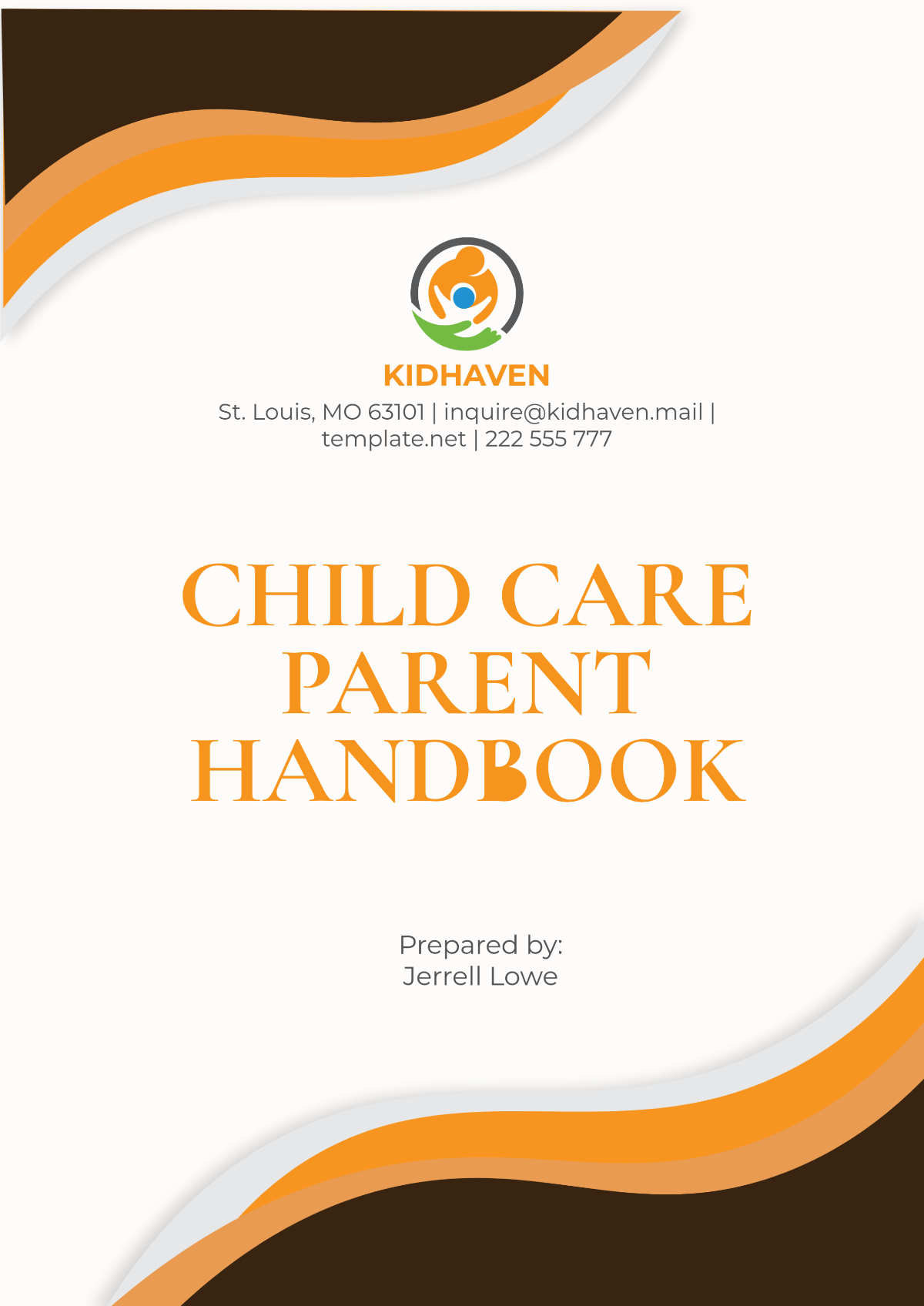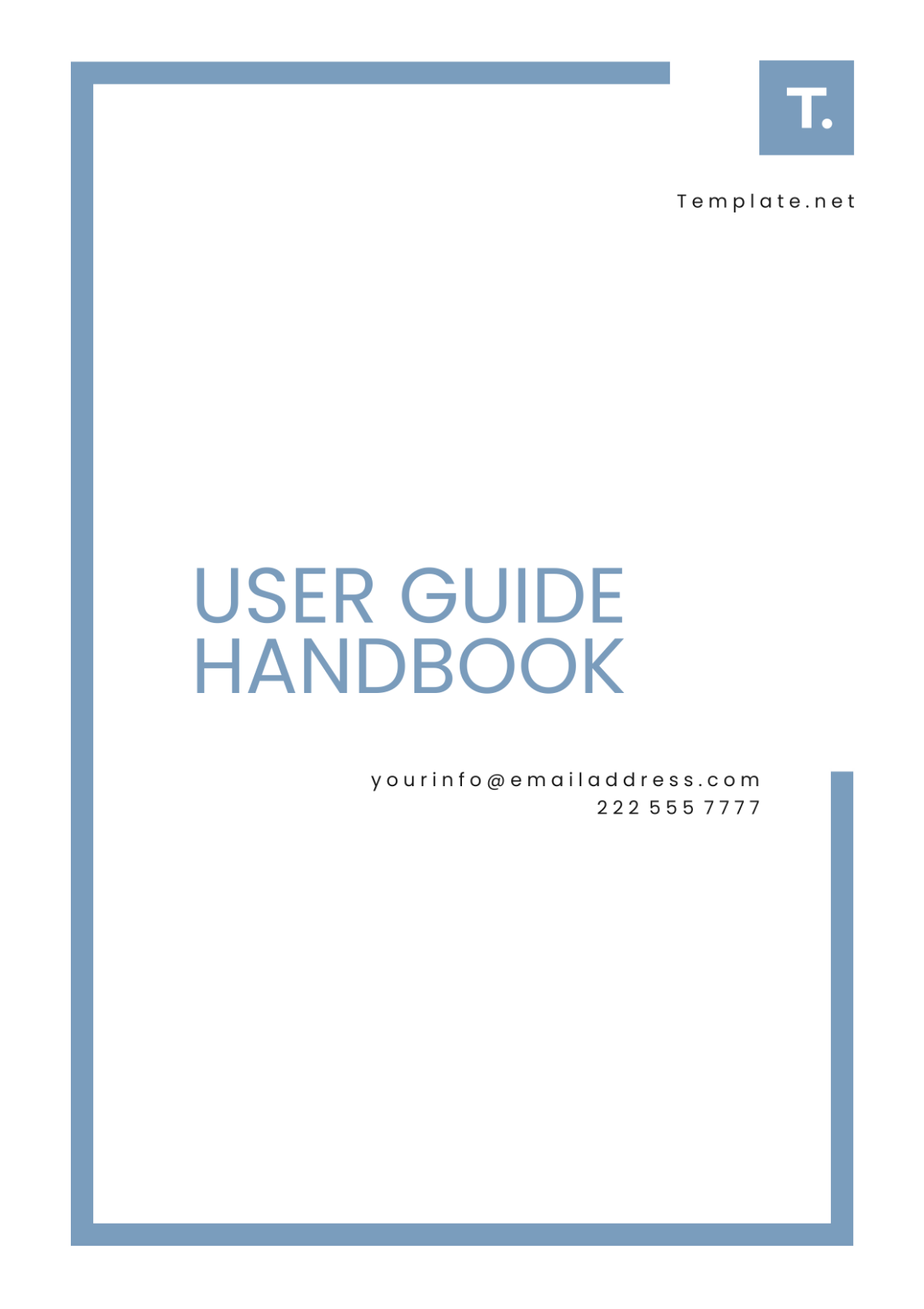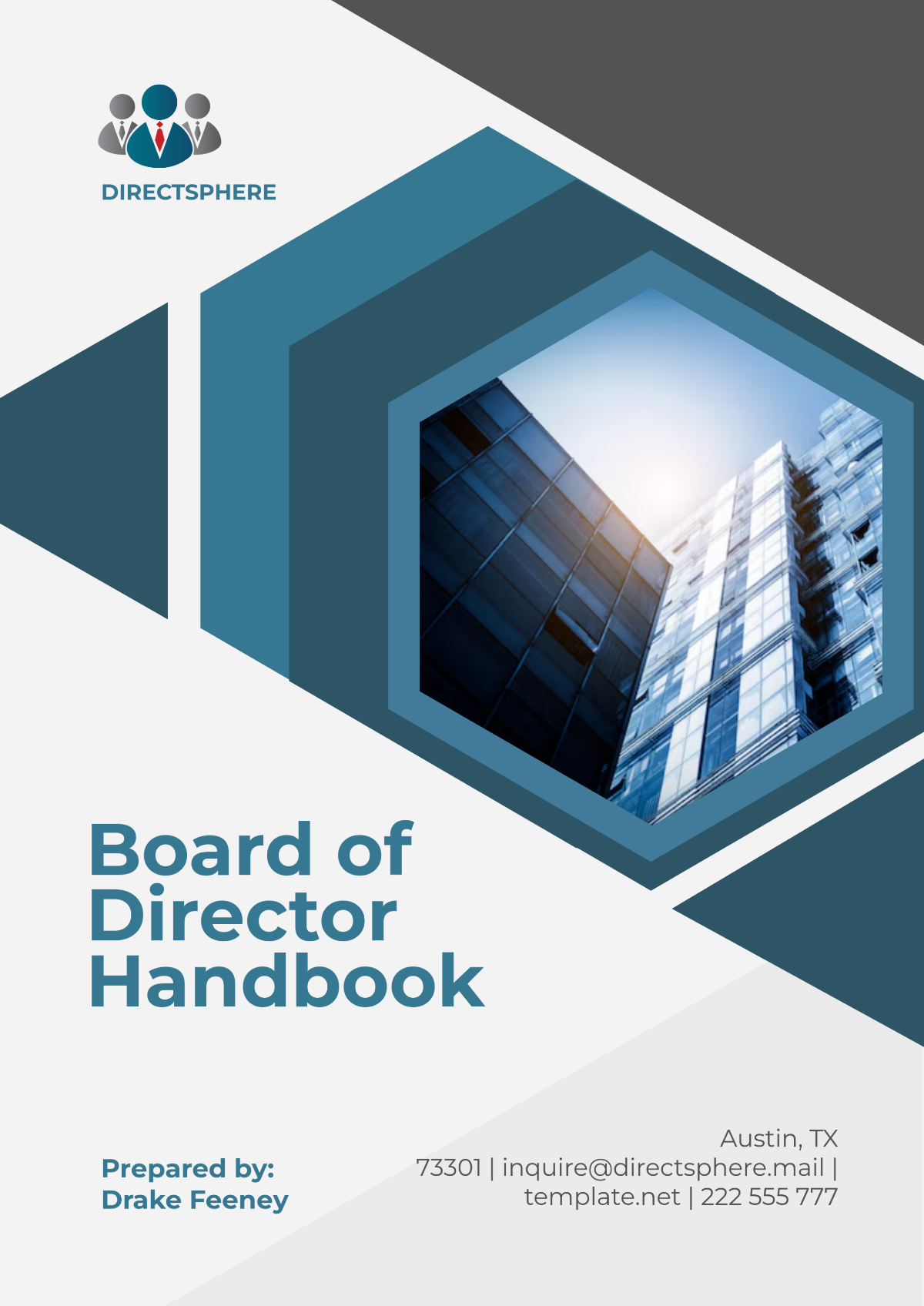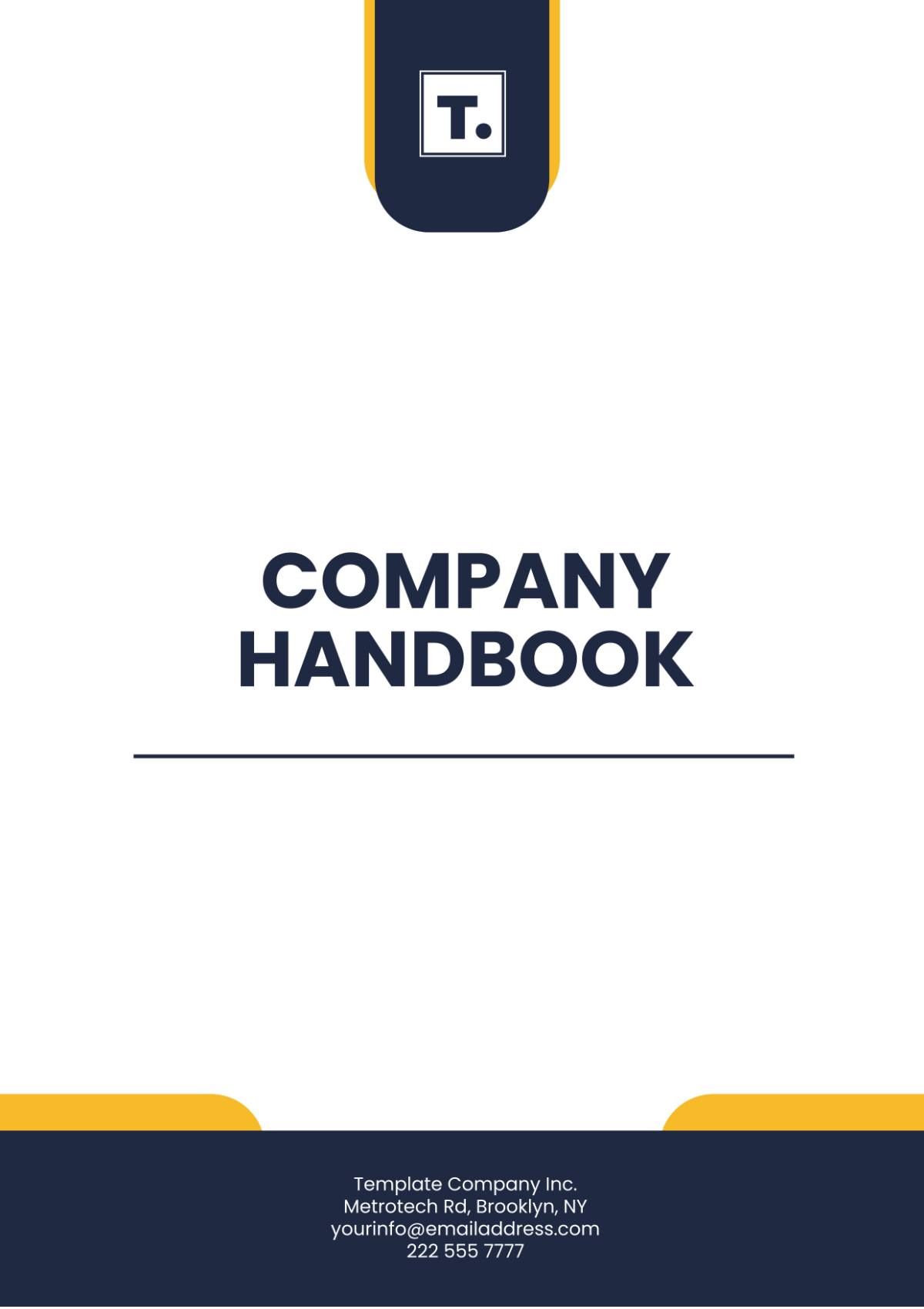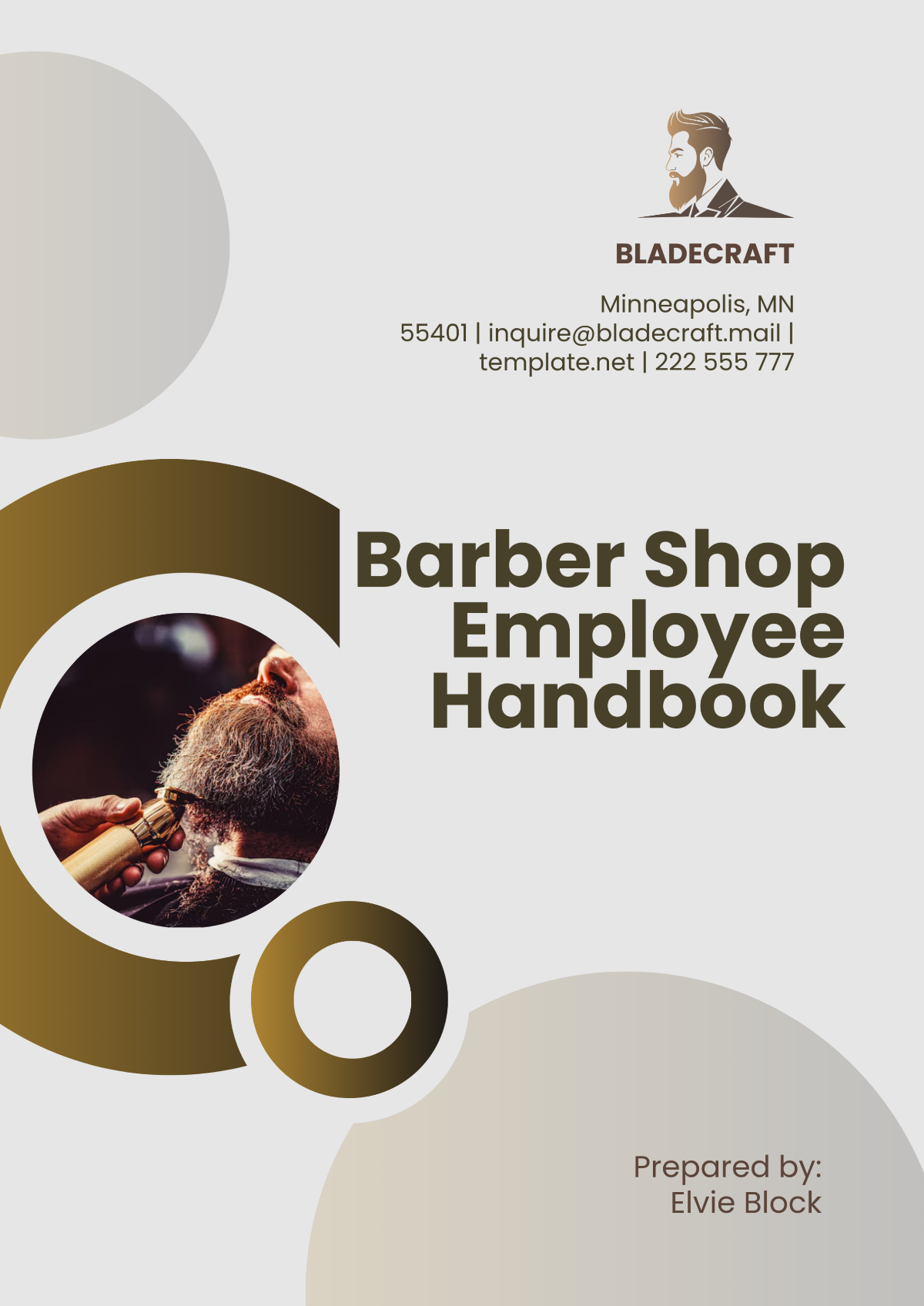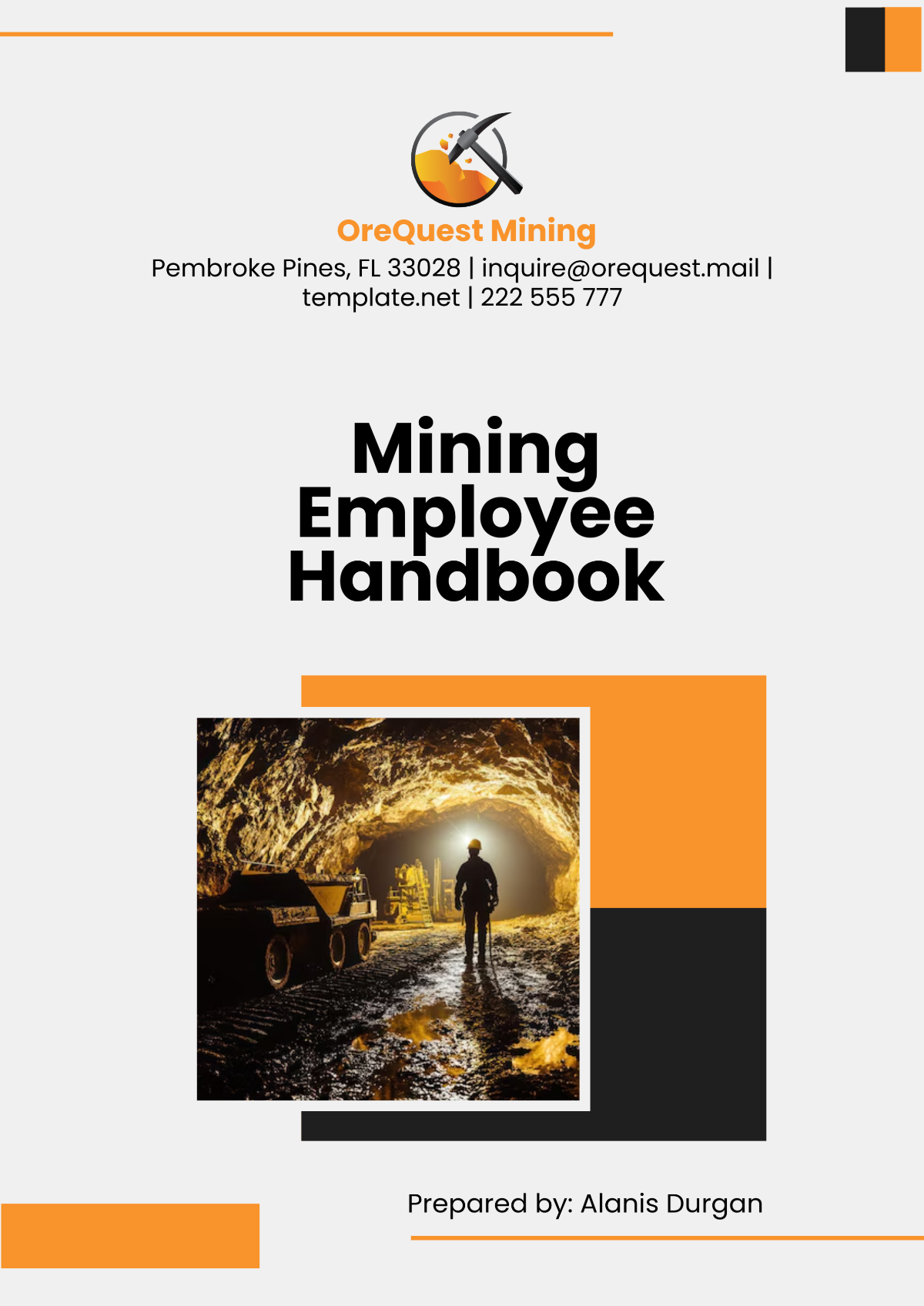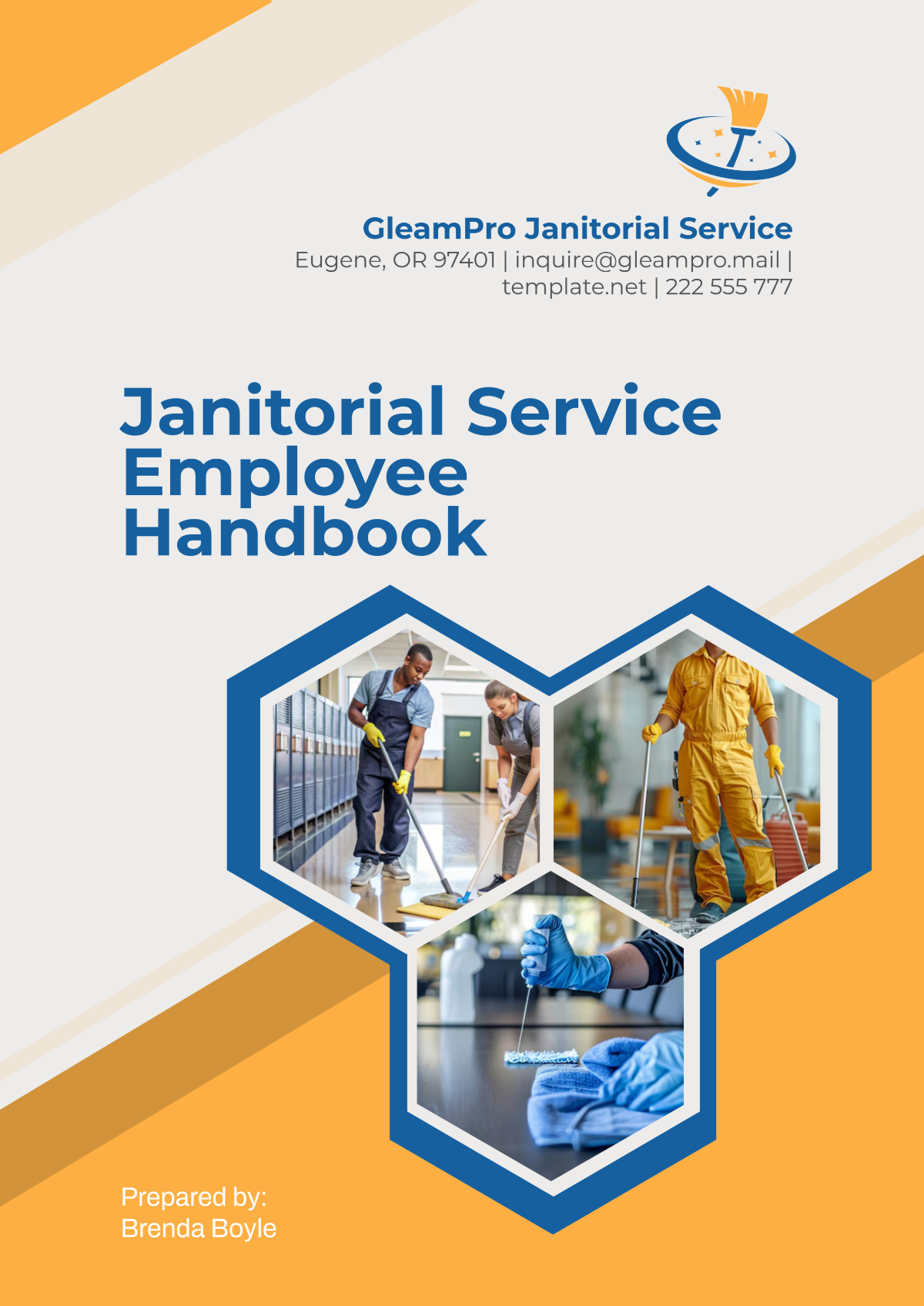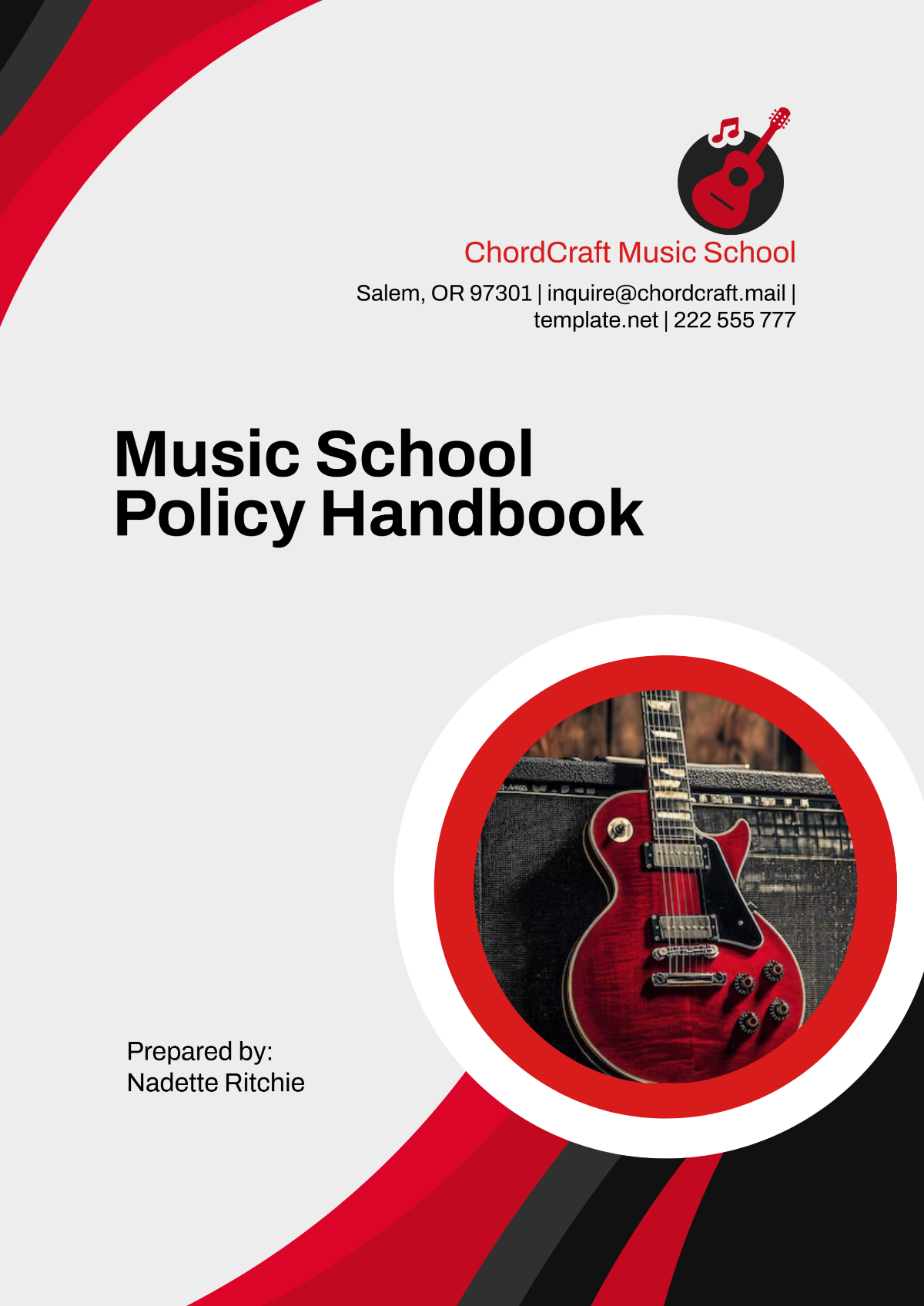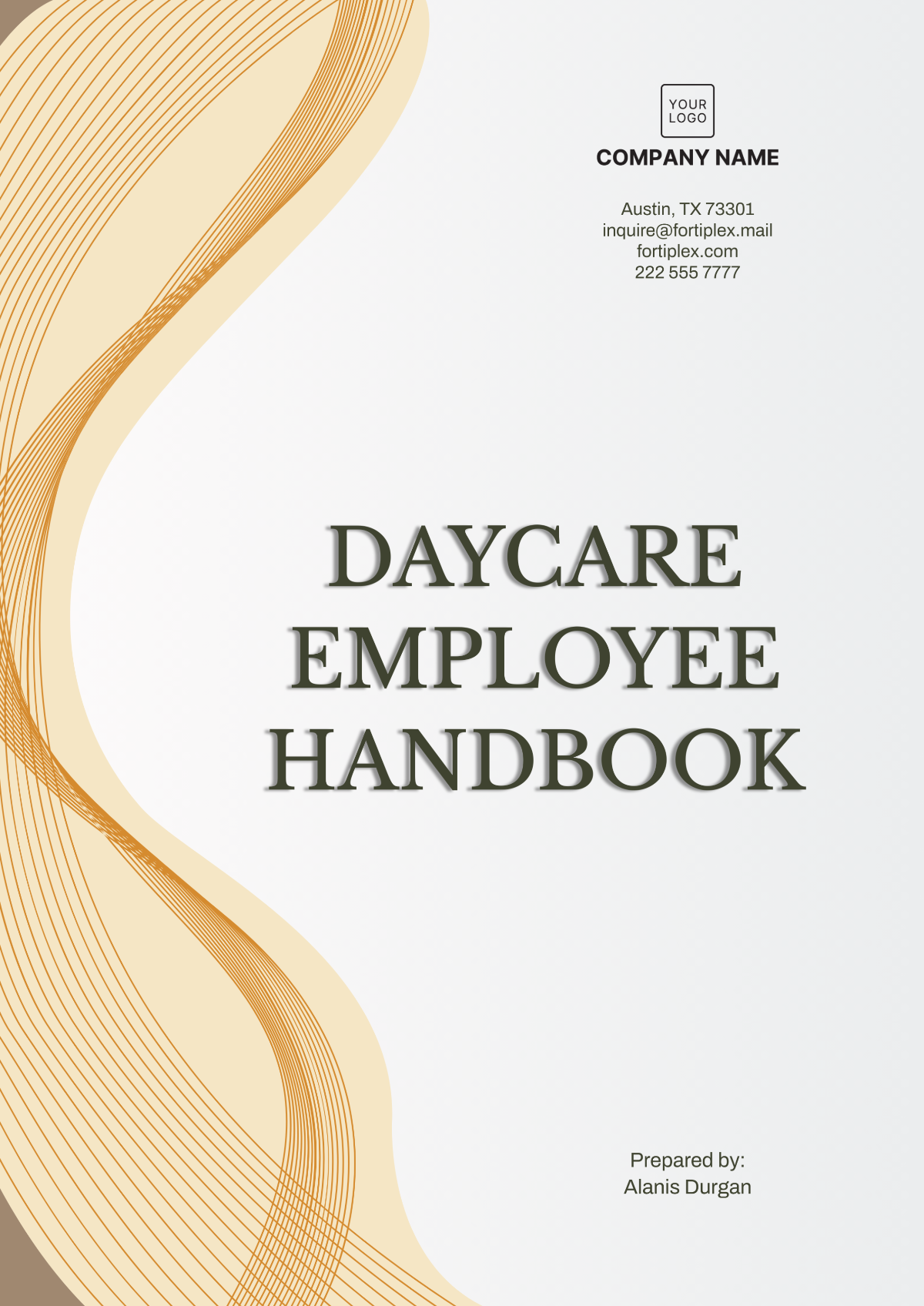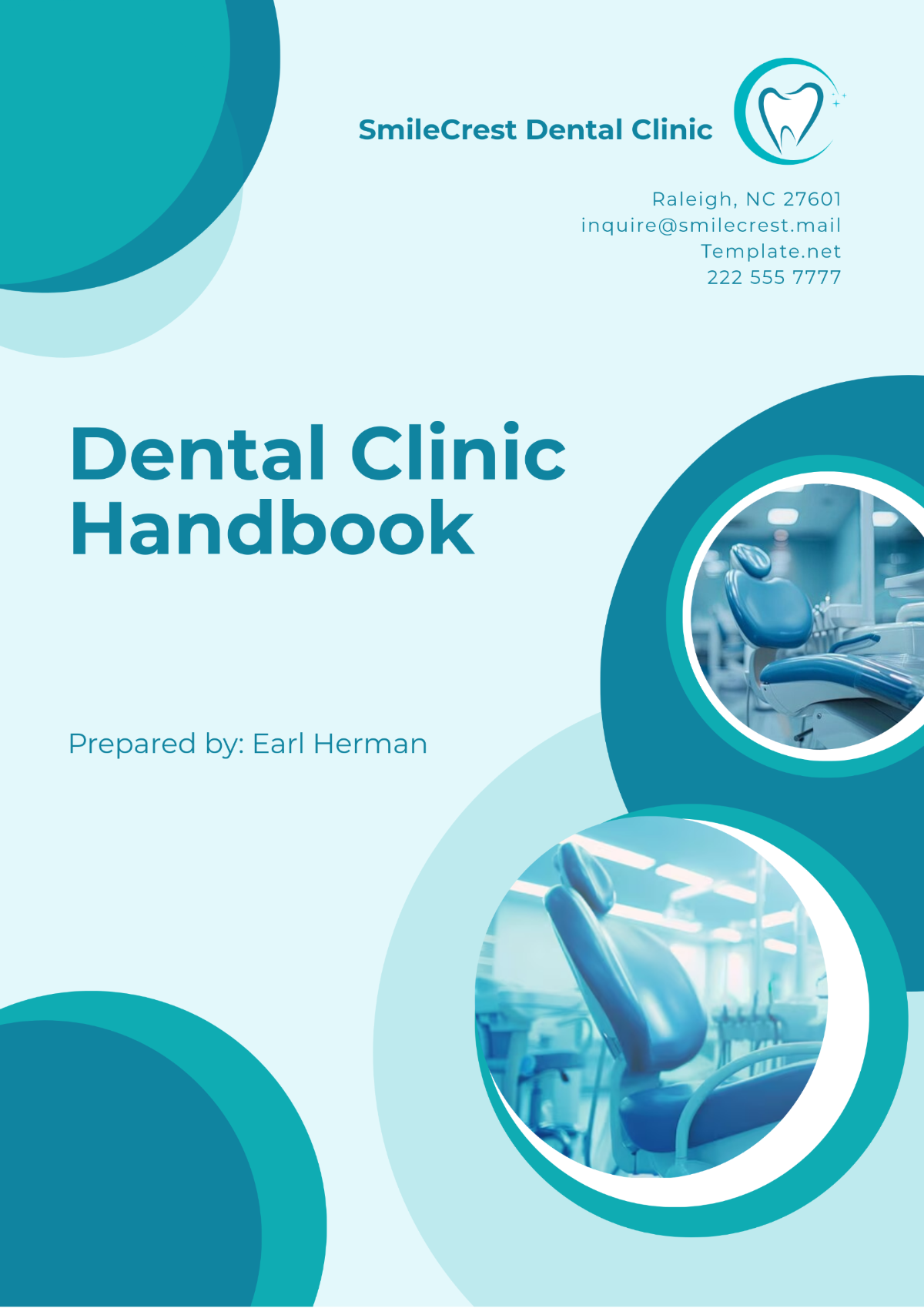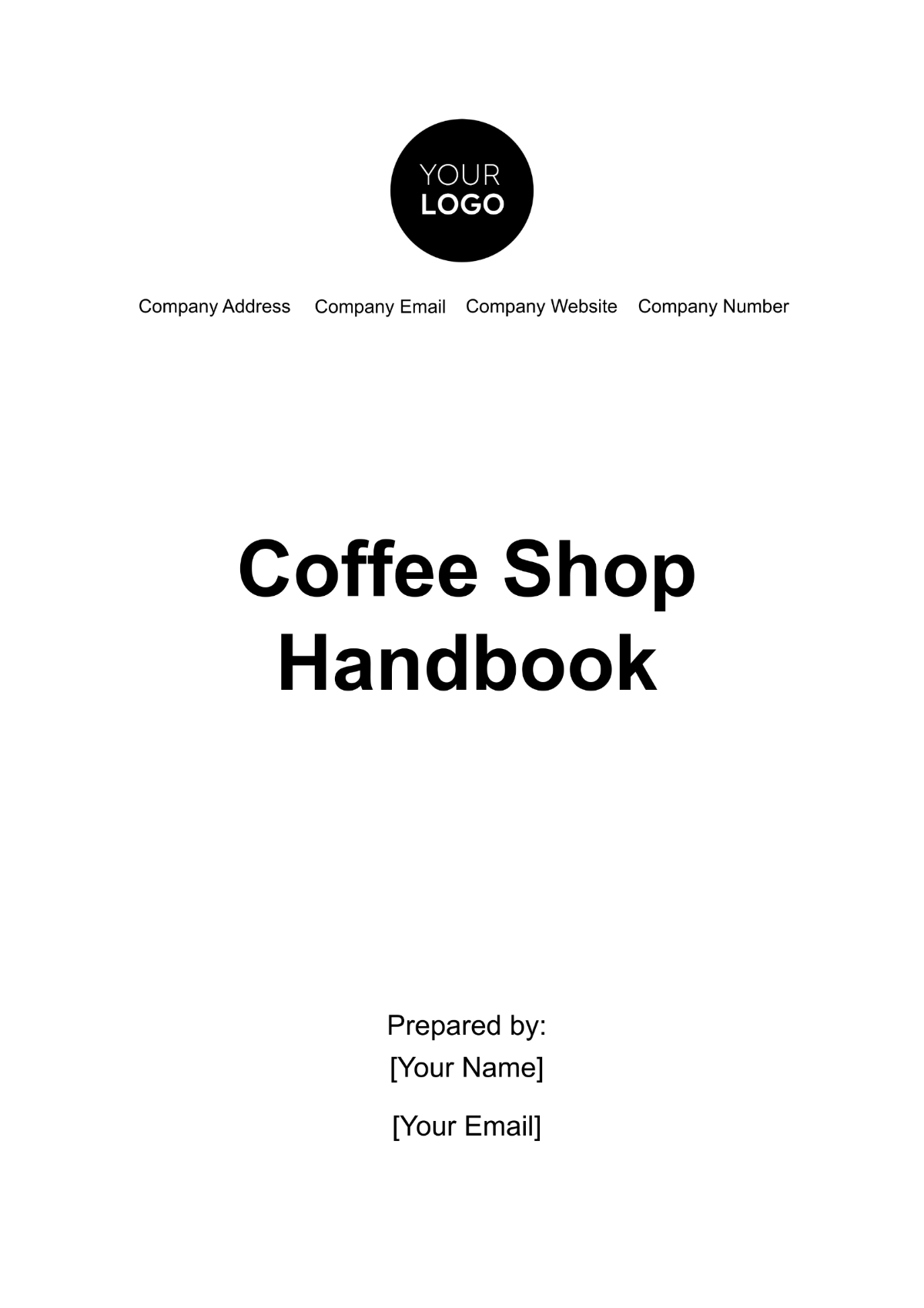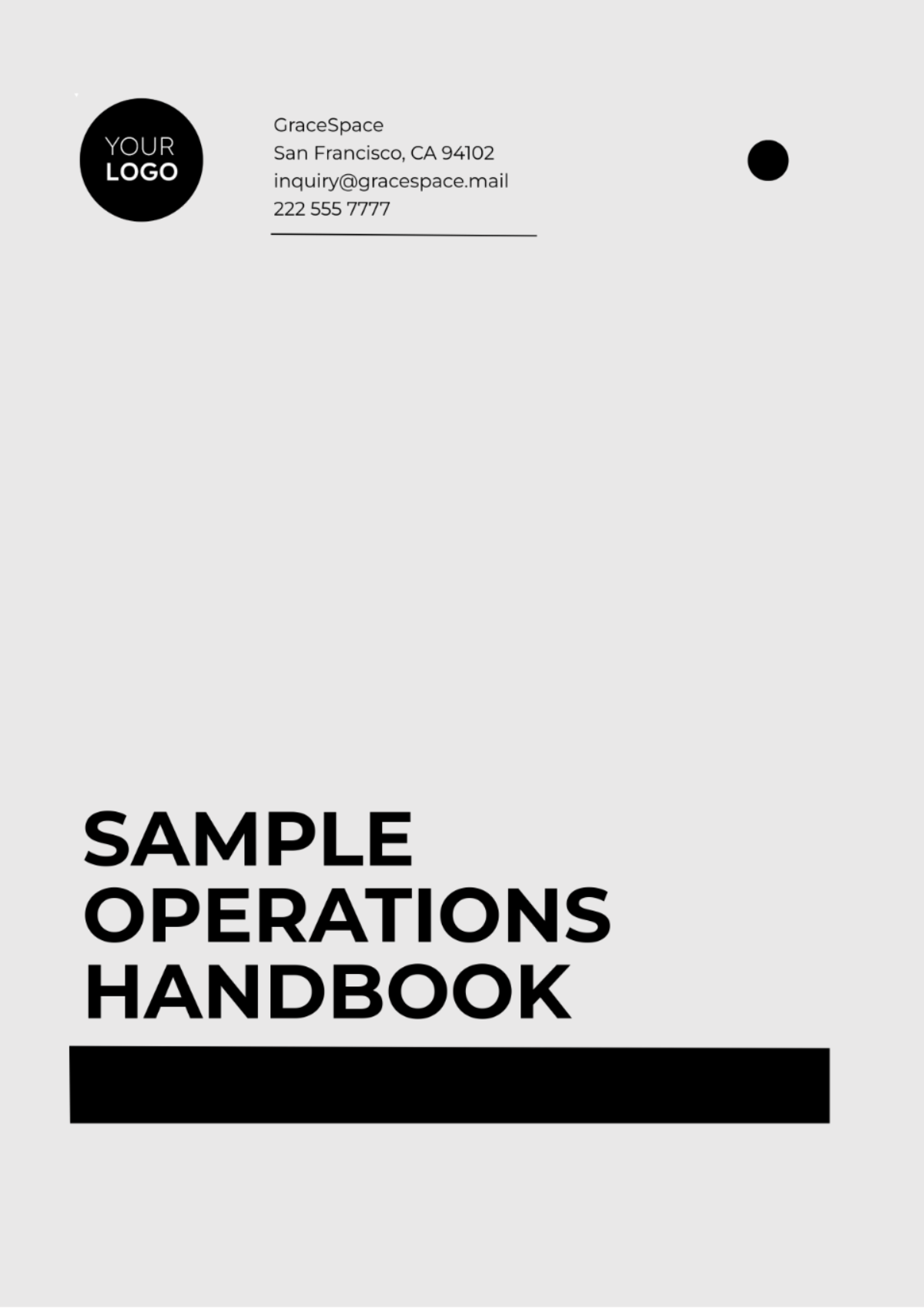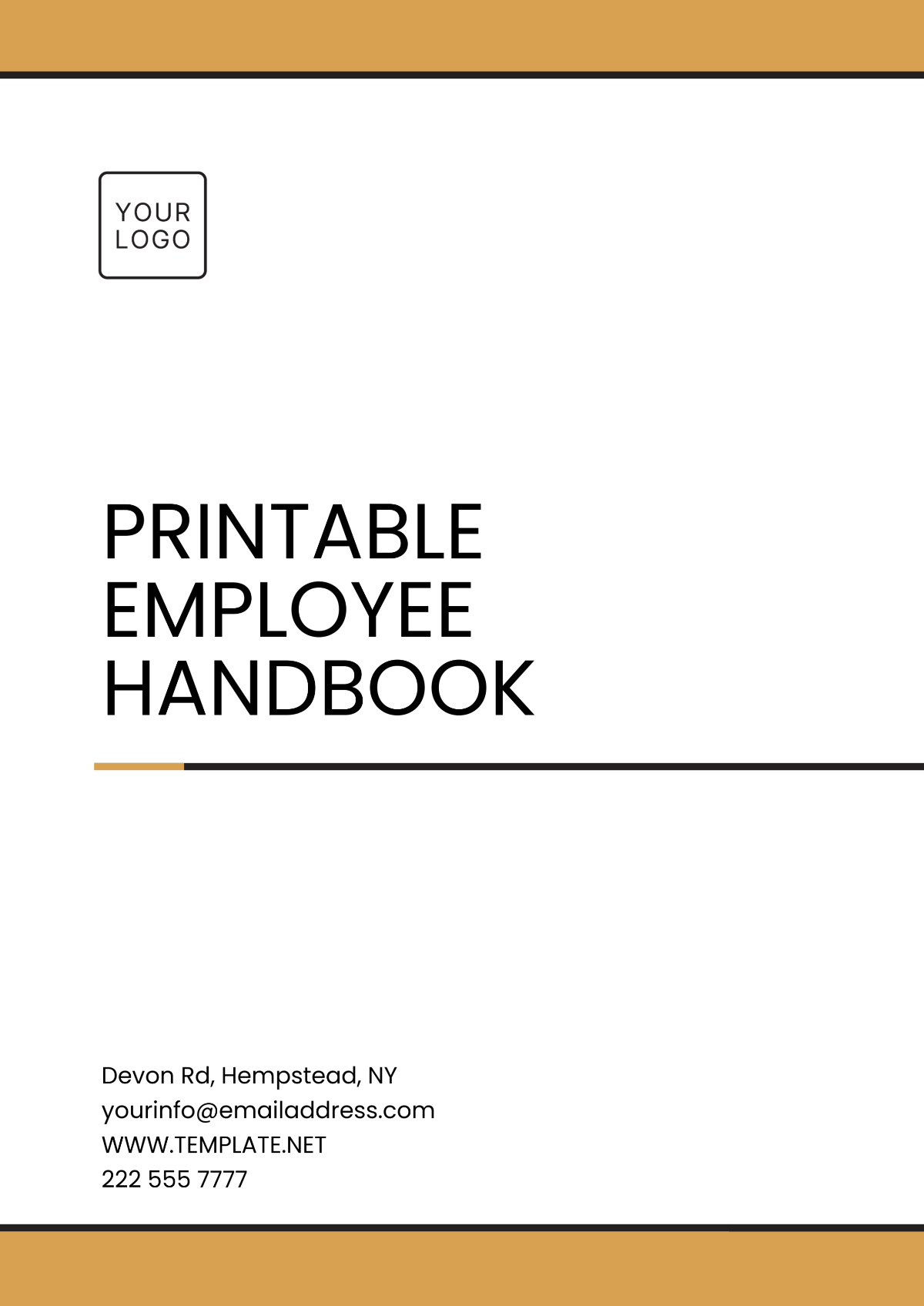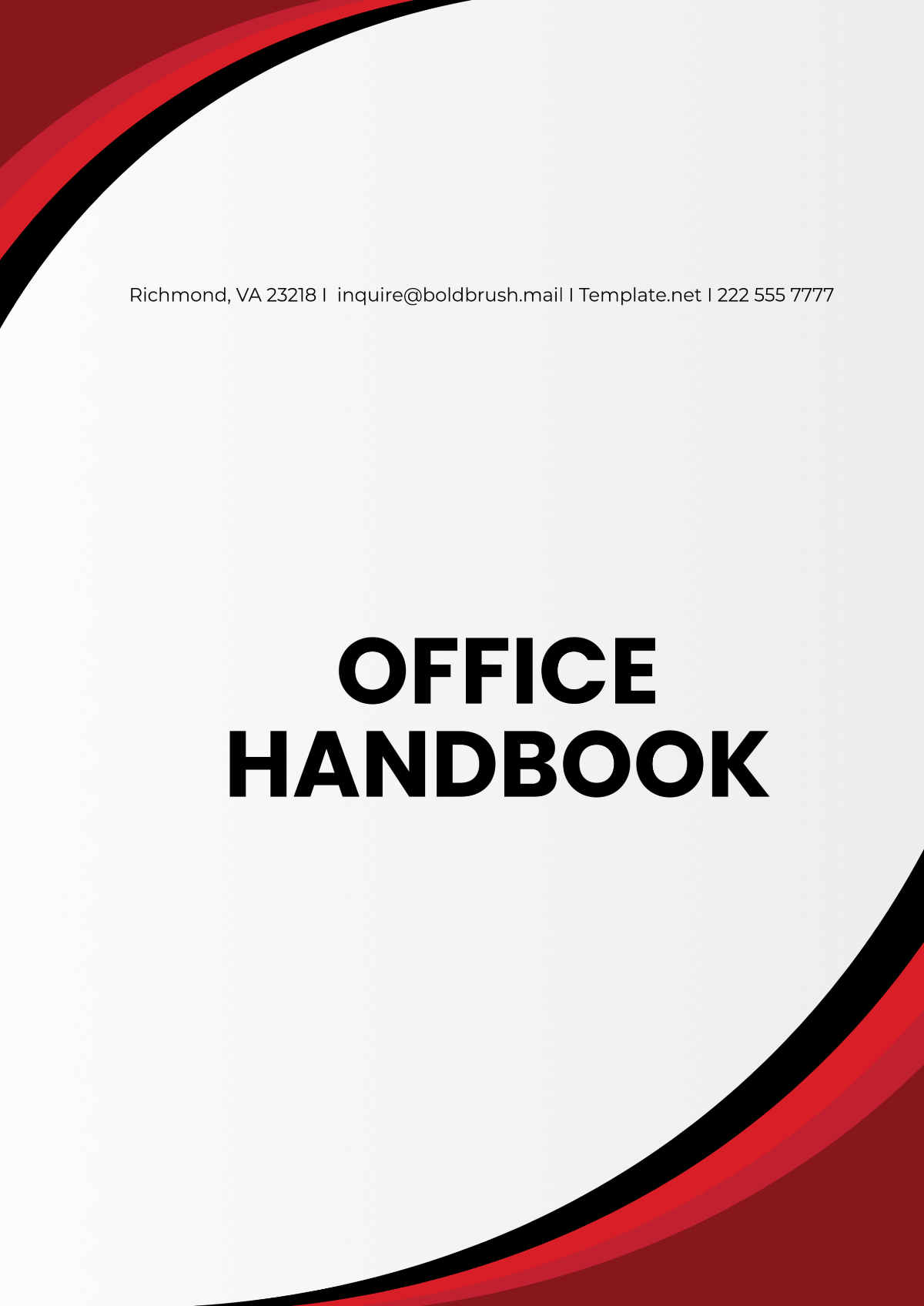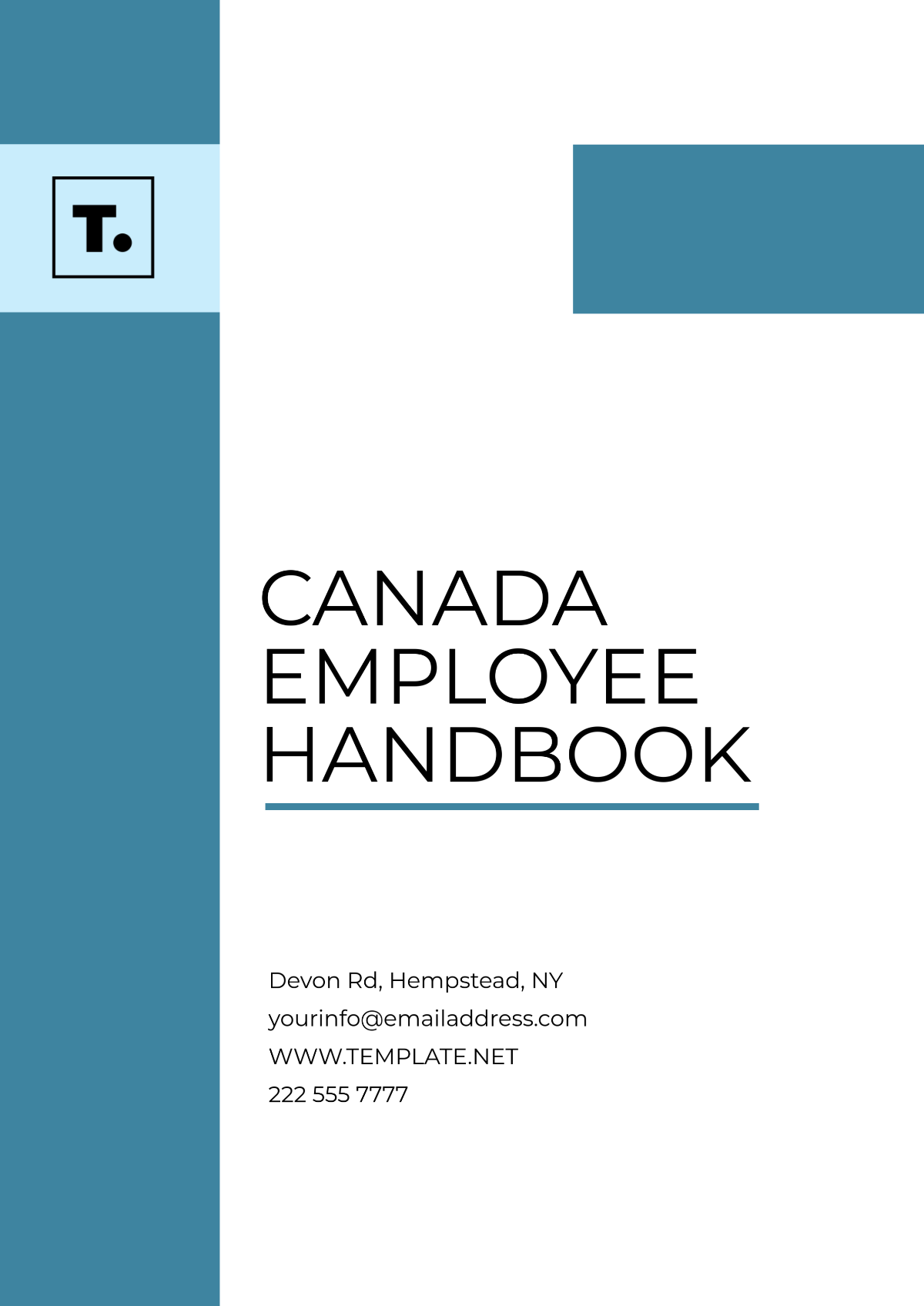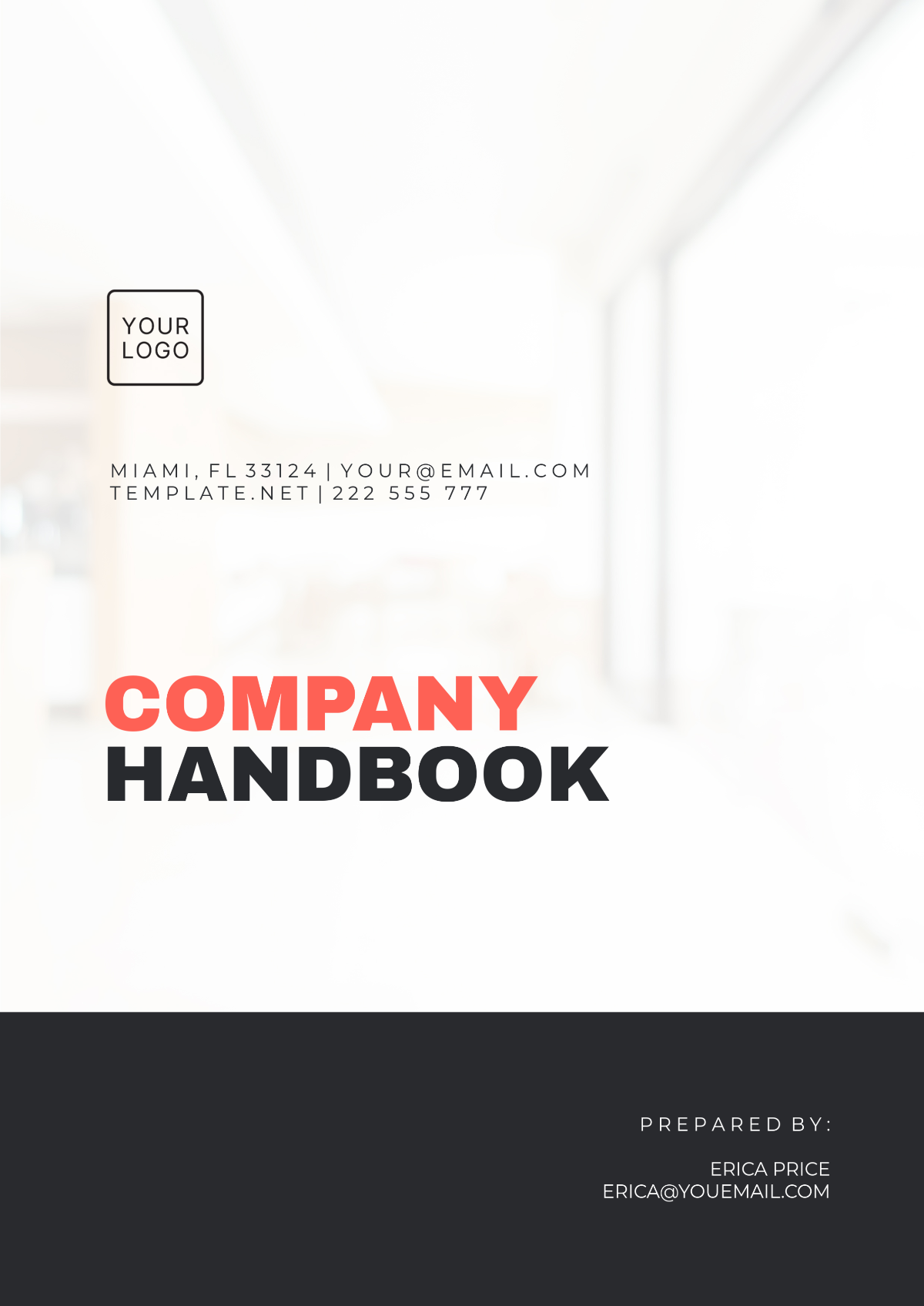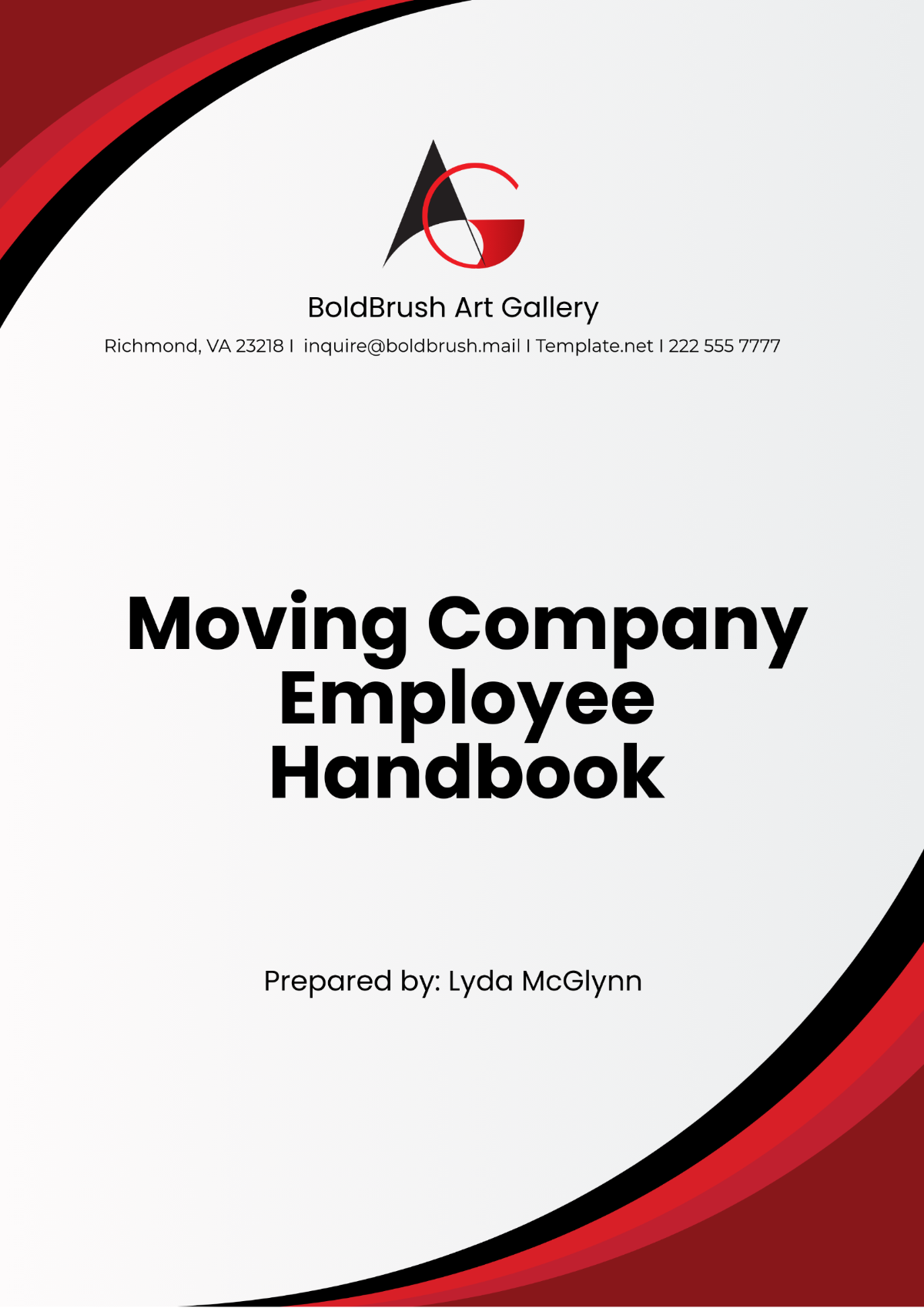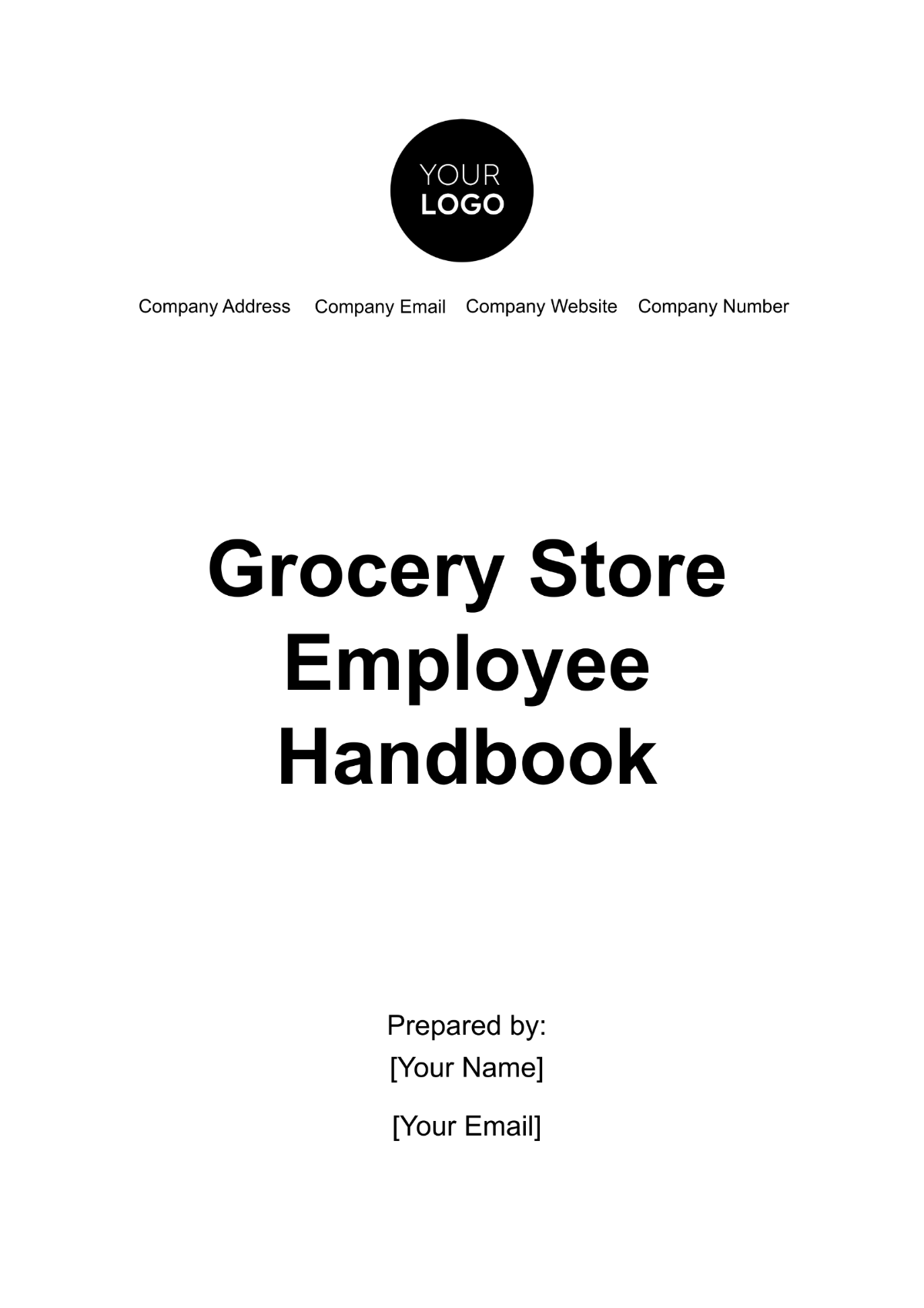Marketing Comprehensive Spend Handbook
1. Introduction
A. Purpose of the Handbook:
We designed this Marketing Comprehensive Spend Handbook to provide a clear and organized framework for allocating and managing the marketing budget of our party bus business. It serves as a reference guide for marketing personnel, ensuring a systematic approach to marketing spend while targeting both young club-goers and event planners.
B. Scope and Objectives:
The scope of this handbook covers budget allocation, market analysis, marketing strategy, channel selection, content creation and distribution, budget breakdown, and measurement and evaluation. The primary objective is to optimize the utilization of our USD 20,000 marketing budget effectively and efficiently.
2. Budget Allocation
A. Total Budget:
Our total marketing budget for the year is a robust USD 20,000, strategically allocated to drive the growth and visibility of our party bus business. This budget forms the financial backbone for our comprehensive marketing initiatives, ensuring that we have the necessary resources to effectively reach and engage our target audience.
B. Allocation per Bus:
We have allocated each of our four party buses a specific marketing budget of USD 5,000. This deliberate distribution ensures an equitable and focused approach, allowing us to tailor promotional efforts to the unique features and appeal of each bus. By allocating funds per bus, we maximize our ability to showcase the distinct offerings of each vehicle, enhancing overall market penetration.
C. Maximum Number of Buses:
With a maximum fleet size of four party buses, we strategically cap our marketing efforts to align with operational capacity. This approach not only optimizes the impact of our budget but also allows us to maintain a high level of service quality and customer satisfaction across all buses. By imposing this maximum limit, we guarantee that our marketing strategies align with our operational capabilities.
3. Target Market Analysis
A. Overview of the Target Market:
Our target market comprises two dynamic segments: young club-goers aged 18-35 seeking vibrant and immersive party experiences and event planners responsible for organizing memorable gatherings. By understanding the distinct needs and preferences of these segments, we position our party bus business to cater to a broad spectrum of clientele, ensuring that our services align with the diverse expectations of both individual consumers and event planning professionals.
B. Segmentation:
In our market segmentation strategy, we carefully delineate between young club-goers and event planners, recognizing that each group possesses unique characteristics and requirements. Young club-goers are captivated by our buses as mobile party venues, while event planners value the convenience and versatility of our transportation services for their organized gatherings. This segmentation enables us to tailor our marketing messages and offerings to resonate specifically with each target audience, fostering stronger connections and engagement.
4. Marketing Strategy
A. Branding and Positioning:
Our branding and positioning strategy serve as the cornerstone of our marketing efforts, aiming to establish our party bus business as the foremost choice for unforgettable experiences. By meticulously crafting a distinctive brand identity that resonates with our target audience, we position our buses as more than mere transportation—they become symbols of excitement and celebration. This strategic approach ensures that our brand stands out in the competitive landscape, creating a lasting impression on the minds of young club-goers and event planners alike.
B. Marketing Mix (4Ps):
In shaping our marketing mix, we proactively define the product features that set our party buses apart, ensuring they align with the desires of our target market. We meticulously set competitive pricing structures that not only reflect value for money but also entice our customers. The strategic placement of our buses involves optimizing routes and availability to meet the diverse demands of our clientele. Additionally, we have designed our promotion strategies to create a buzz, utilizing various channels to showcase our unique offerings and engage our audience effectively.
C. Unique Selling Proposition (USP):
Our Unique Selling Proposition (USP) serves as the beacon that distinguishes our party buses from competitors. Whether it's exclusive amenities, exceptional service, or tailor-made event packages, our USP communicates the unparalleled value that customers can only experience with our brand. This clear and compelling differentiator not only attracts attention but also forms the foundation of our promotional messaging, solidifying our position as the go-to choice in the minds of our target market.
5. Marketing Channels
A. Online and Offline Channels:
Our marketing channels encompass a strategic blend of both online and offline platforms, providing a comprehensive reach to our diverse target audience. Online channels, including social media platforms like Instagram, Facebook, and Twitter, enable us to engage with the tech-savvy younger demographic. Simultaneously, offline channels, such as distributing eye-catching flyers and forming partnerships with local businesses, extend our visibility to those who may prefer traditional promotional methods. This hybrid approach ensures that our message reaches potential customers through the channels they frequent most, maximizing our overall impact.
B. Social Media Marketing:
In the realm of social media marketing, we leverage the visual appeal of our party buses to create engaging content that resonates with our audience. Platforms like Instagram and Facebook serve as dynamic spaces to showcase our buses in action, share customer testimonials, and run targeted advertising campaigns. By actively participating in social media conversations and trends, we foster a sense of community and excitement around our brand, making it an integral part of our overall marketing strategy.
C. Content Marketing:
Our content marketing strategy revolves around creating and sharing high-quality, engaging content that showcases the unique experiences our party buses offer. This includes blog posts detailing event highlights, behind-the-scenes videos of bus preparations, and user-generated content that captures the essence of celebrations on board. By consistently delivering valuable and entertaining content, we aim to not only attract and retain our target audience but also position our brand as an authority in the party bus experience.
6. Advertising and Promotions
A. Influencer Marketing:
Embracing the power of influencer marketing, we strategically partner with local influencers whose followers align with our target demographic. These influencers, whether popular on social media or within the local nightlife scene, become advocates for our brand. Their endorsement not only increases our reach but also adds an authentic touch to our marketing efforts, leveraging the trust and credibility they have built with their audience.
B. Paid Advertising Campaigns:
We have meticulously crafted our paid advertising campaigns to maximize visibility and engagement with our target audience. Through platforms such as Facebook Ads and Google Ads, we strategically deploy visually compelling advertisements that highlight the unique features and excitement our party busses offer. By utilizing targeted demographics and interests, we ensure that our ads reach individuals most likely to be interested in our services, optimizing the return on investment for our advertising budget. Continuous monitoring and adjustment of these campaigns enable us to adapt to changing market dynamics and consumer preferences, maintaining a strong and effective online presence.
C. Promotional Events:
Promotional events serve as dynamic opportunities to directly engage with our target market and create memorable brand experiences. Whether hosting our events or strategically aligning with existing ones, we aim to immerse attendees in the excitement of our party buses. These events act as platforms to showcase our buses, interact with potential customers, and generate buzz within the community. By aligning our brand with popular events or organizing unique experiences, we not only increase brand visibility but also create lasting positive associations between our party bus business and memorable celebrations.
D. Sponsorship Opportunities:
Our strategic approach to sponsorship involves identifying and participating in events or partnerships that align with our brand values and target market interests. By sponsoring local businesses, clubs, or event organizers, we not only contribute to the community but also gain exposure to their existing networks. This mutually beneficial collaboration enhances our brand's credibility and extends our reach to new audiences. The careful selection of sponsorship opportunities ensures that our brand is associated with experiences and organizations that resonate with our target market, reinforcing our position as a preferred choice for event transportation.
7. Content Creation and Distribution
A. Content Creation Plan:
Our content creation plan is a strategic roadmap that outlines the development of compelling and diverse content to captivate our target audience. We focus on creating a mix of visually appealing materials, including blog posts, videos, and user-generated content that showcases the unique and exciting experiences our party buses offer. By aligning our content with the interests and preferences of young club-goers and event planners, we ensure that each piece contributes to our overall brand narrative. The content creation plan acts as a dynamic guide, helping our team stay consistent and purposeful in delivering content that resonates with our audience and reinforces our brand identity.
B. Content Distribution Strategy:
We designed Our content distribution strategy is designed to amplify the reach and impact of our created materials across various channels. Leveraging the strengths of online platforms, social media, and email marketing, we strategically disseminate our content to targeted audiences. By tailoring our distribution to each platform's unique characteristics, we maximize engagement and visibility. Timely and consistent sharing of content not only keeps our audience informed but also positions our brand at the forefront of their minds when considering transportation options for events and celebrations.
C. Blog, Social Media, and Email Marketing:
Our approach to content distribution encompasses key channels, starting with our blog, where we delve into in-depth content that showcases the versatility and features of our party buses. Social media platforms like Instagram, Facebook, and Twitter become dynamic spaces for quick updates, vibrant visuals, and engaging conversations with our audience. Simultaneously, email marketing serves as a targeted communication tool, delivering curated content directly to our subscribers. This triad of blog, social media, and email marketing ensures a comprehensive and well-coordinated distribution strategy, maximizing the impact of our content across various touchpoints.
8. Budget Allocation Breakdown
A. Detailed Expenditure by Category:
Our detailed expenditure breakdown meticulously categorizes the allocation of our marketing budget, providing transparency and insight into how resources are distributed. This section outlines the specific financial commitments across categories such as advertising, events, content creation, and sponsorships. By clearly defining where we allocate each dollar, we empower our team to make informed decisions, ensuring that every aspect of our marketing strategy receives the necessary financial support for optimal effectiveness. Regular reviews of this breakdown enable us to assess the performance of each category and make dynamic adjustments in response to evolving market conditions and campaign results.
B. Monthly and Annual Budget Allocation:
The monthly and annual budget allocation section takes a proactive approach to financial planning, ensuring a consistent and strategic distribution of resources over time. By breaking down the annual budget into monthly increments, we align our spending with the ebbs and flows of the market and capitalize on seasonal trends. This approach also facilitates agile decision-making, allowing us to redirect funds to capitalize on emerging opportunities or adjust strategies based on real-time performance metrics. Through this dynamic allocation, we strike a balance between maintaining a sustained presence in the market and having the flexibility to adapt our spending to changing circumstances.
9. Measurement and Evaluation
A. Key Performance Indicators (KPIs):
Our key performance indicators (KPIs) serve as the compass guiding our marketing efforts, providing measurable benchmarks for success. By identifying and tracking KPIs such as website traffic, social media engagement, conversion rates, and customer feedback, we gain a comprehensive understanding of the impact and effectiveness of our campaigns. These indicators not only quantify the success of our marketing strategies but also inform data-driven decision-making, allowing us to pivot or optimize our approach based on real-time performance metrics.
B. Metrics for Success:
In establishing metrics for success, we define clear and quantifiable goals aligned with our overarching business objectives. Whether it's increasing brand awareness, driving website conversions, or enhancing customer satisfaction, these metrics serve as tangible markers of progress. Regularly assessing our performance against these metrics allows us to gauge the success of our marketing initiatives, identify areas for improvement, and celebrate achievements. This proactive approach ensures that our marketing efforts contribute meaningfully to the growth and success of our party bus business.
C. Reporting and Analytics:
The reporting and analytics section represents the culmination of our commitment to a data-driven approach. Through regular and comprehensive reporting, we analyze the collected data to derive actionable insights. Detailed reports on KPIs, campaign performance, and customer feedback provide a holistic view of our marketing landscape. By leveraging advanced analytics tools, we uncover patterns, trends, and opportunities, empowering us to make informed decisions, refine strategies, and continually enhance the impact and efficiency of our marketing endeavors.
